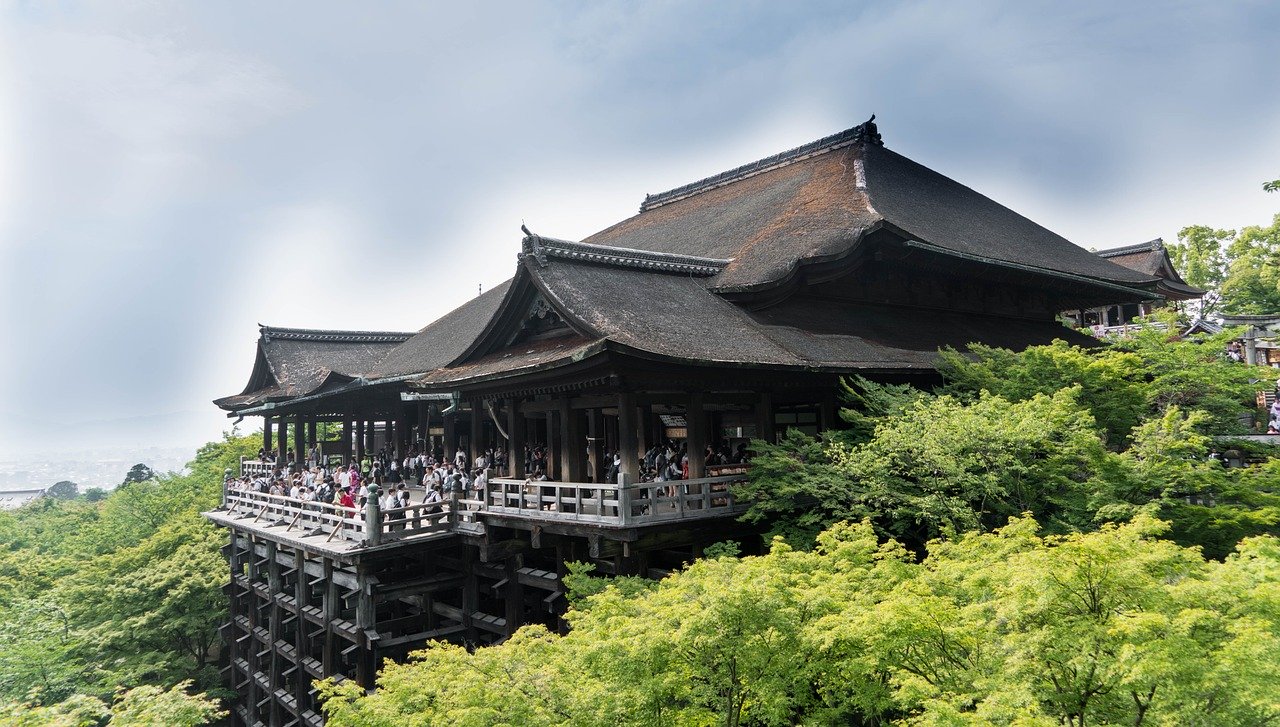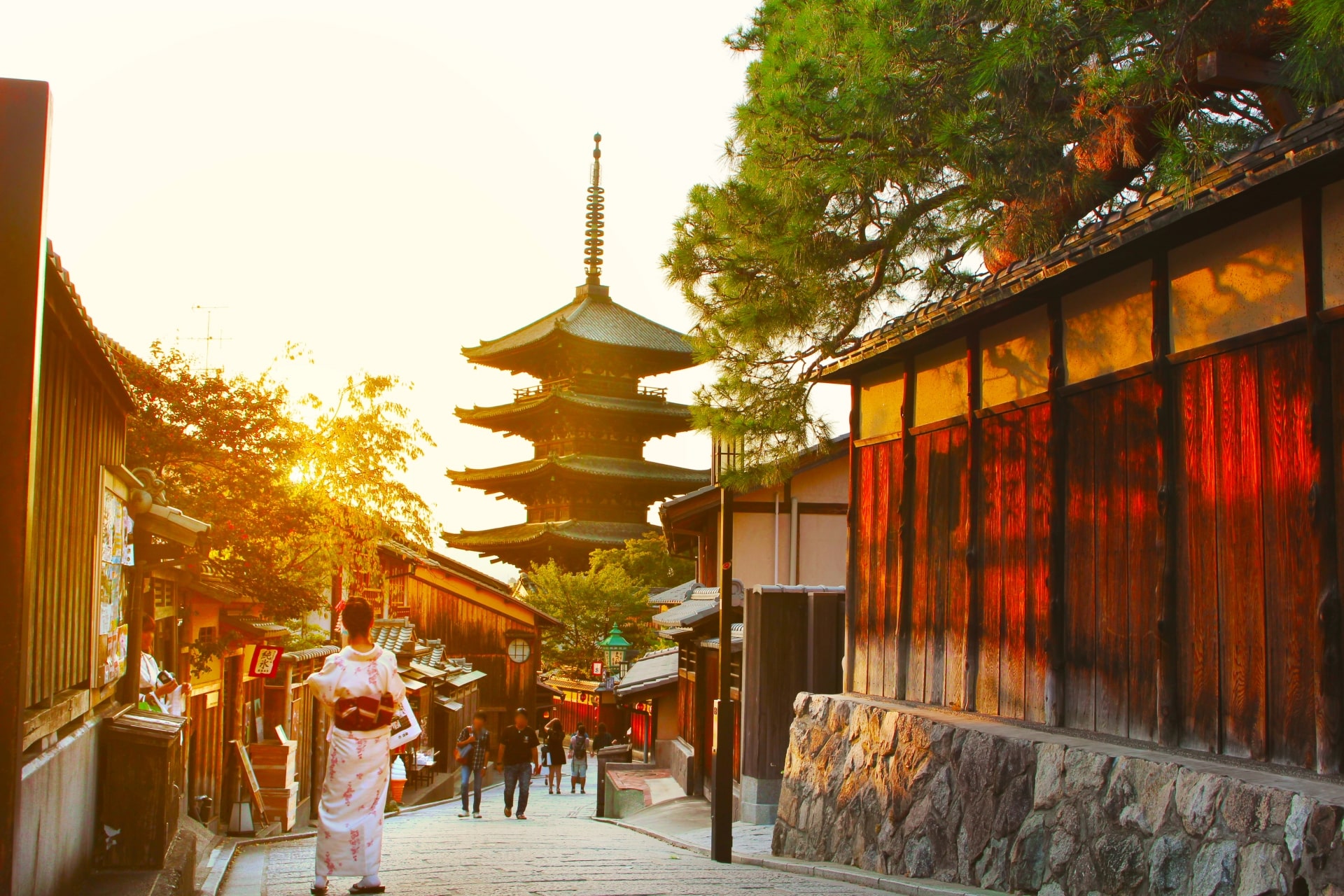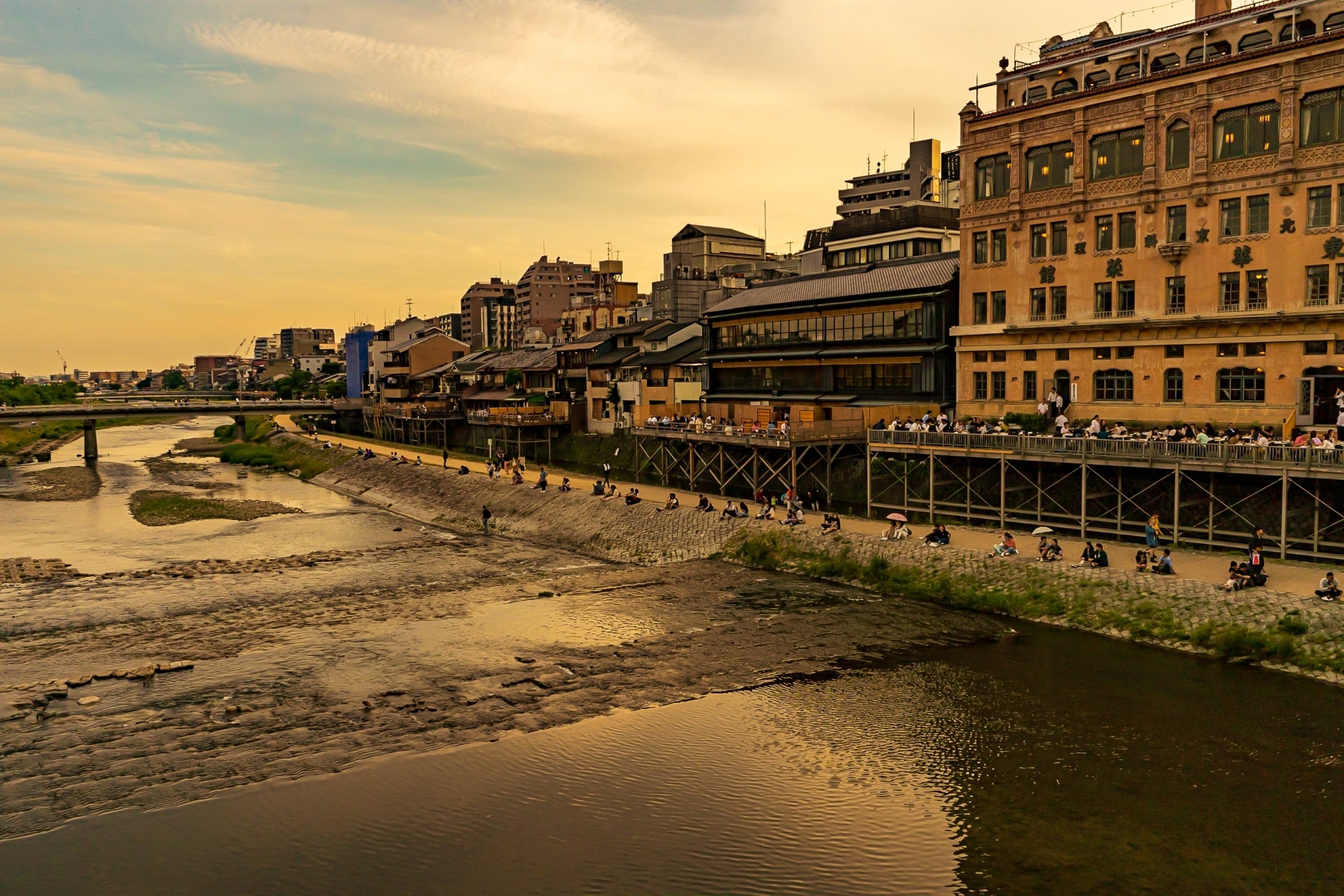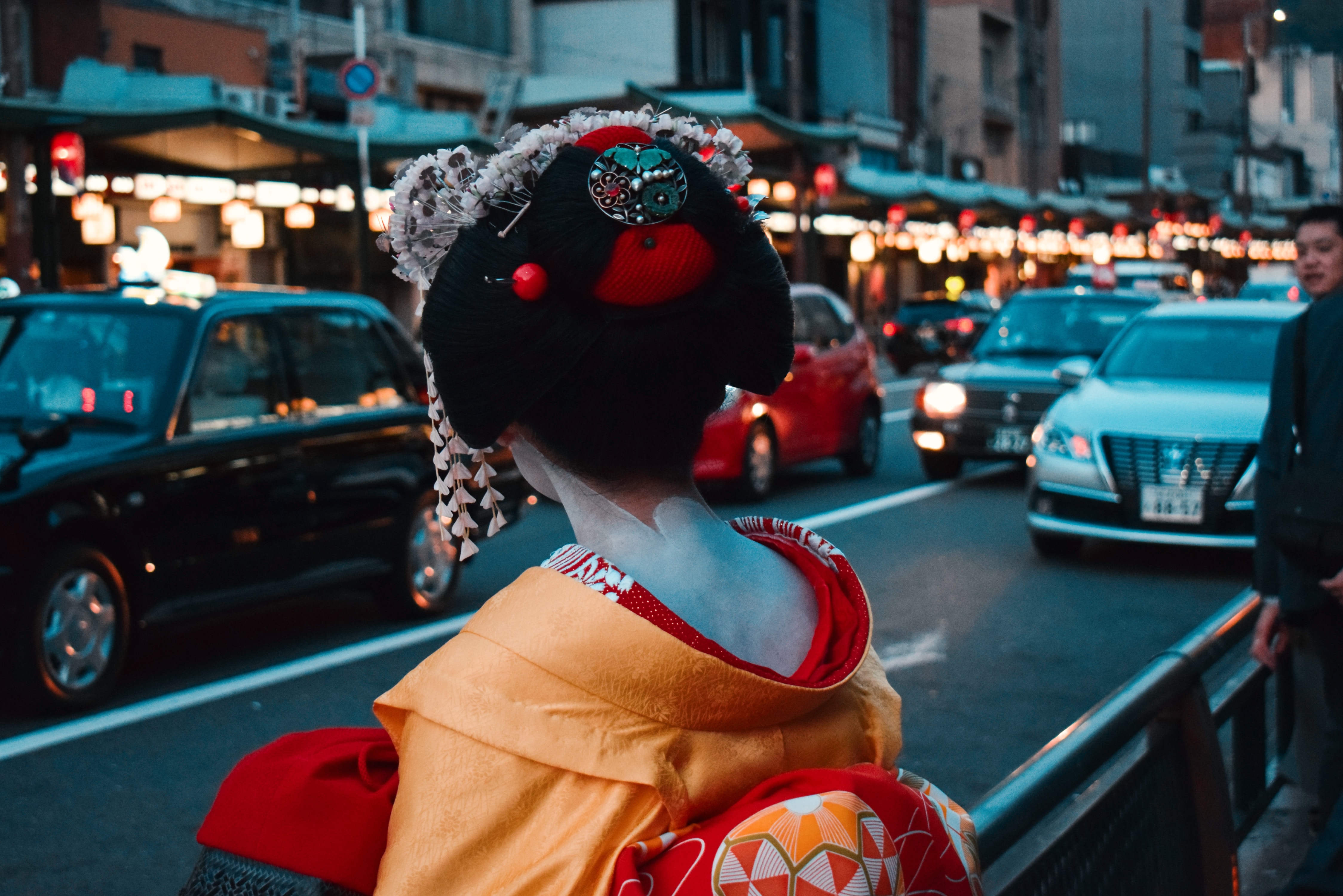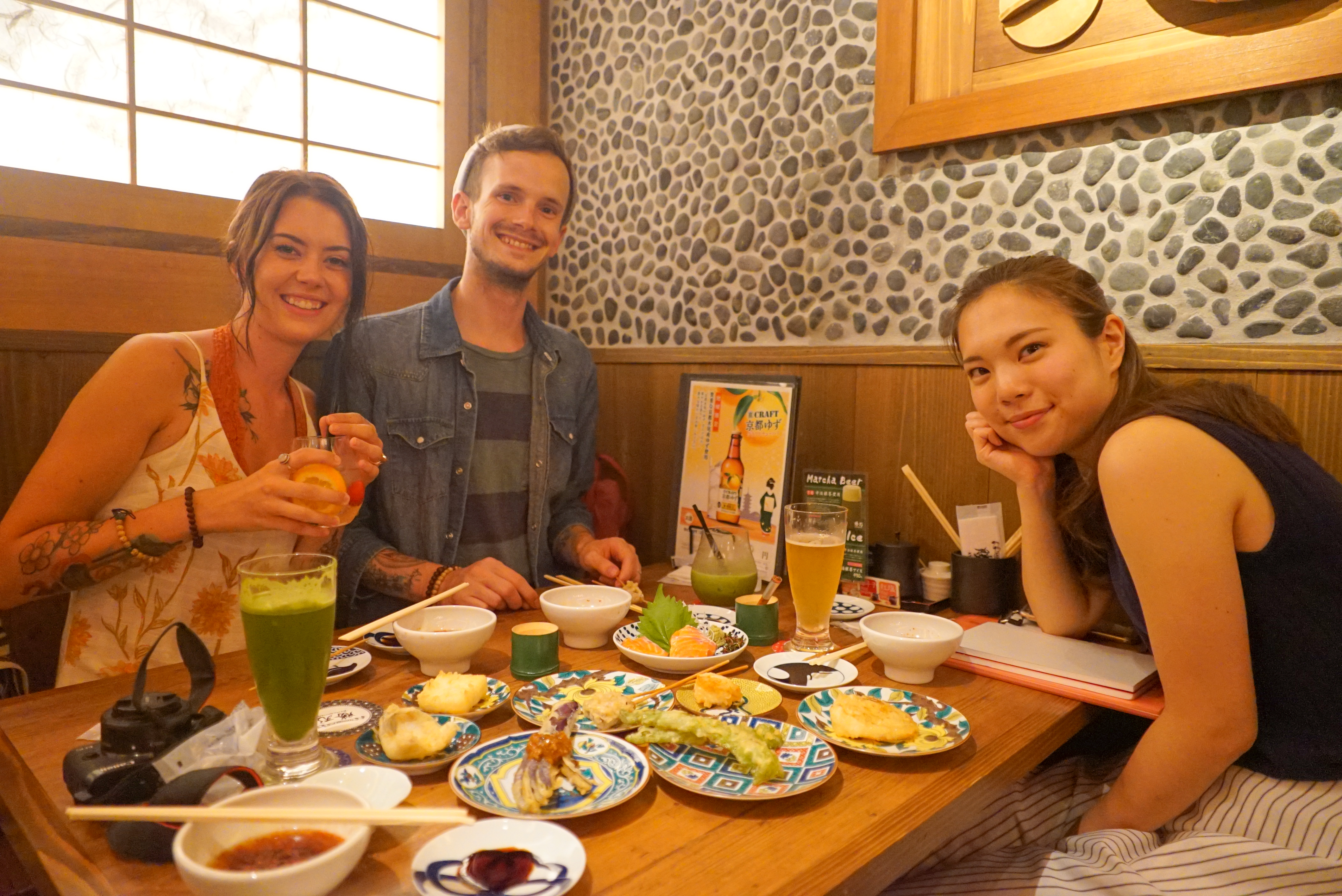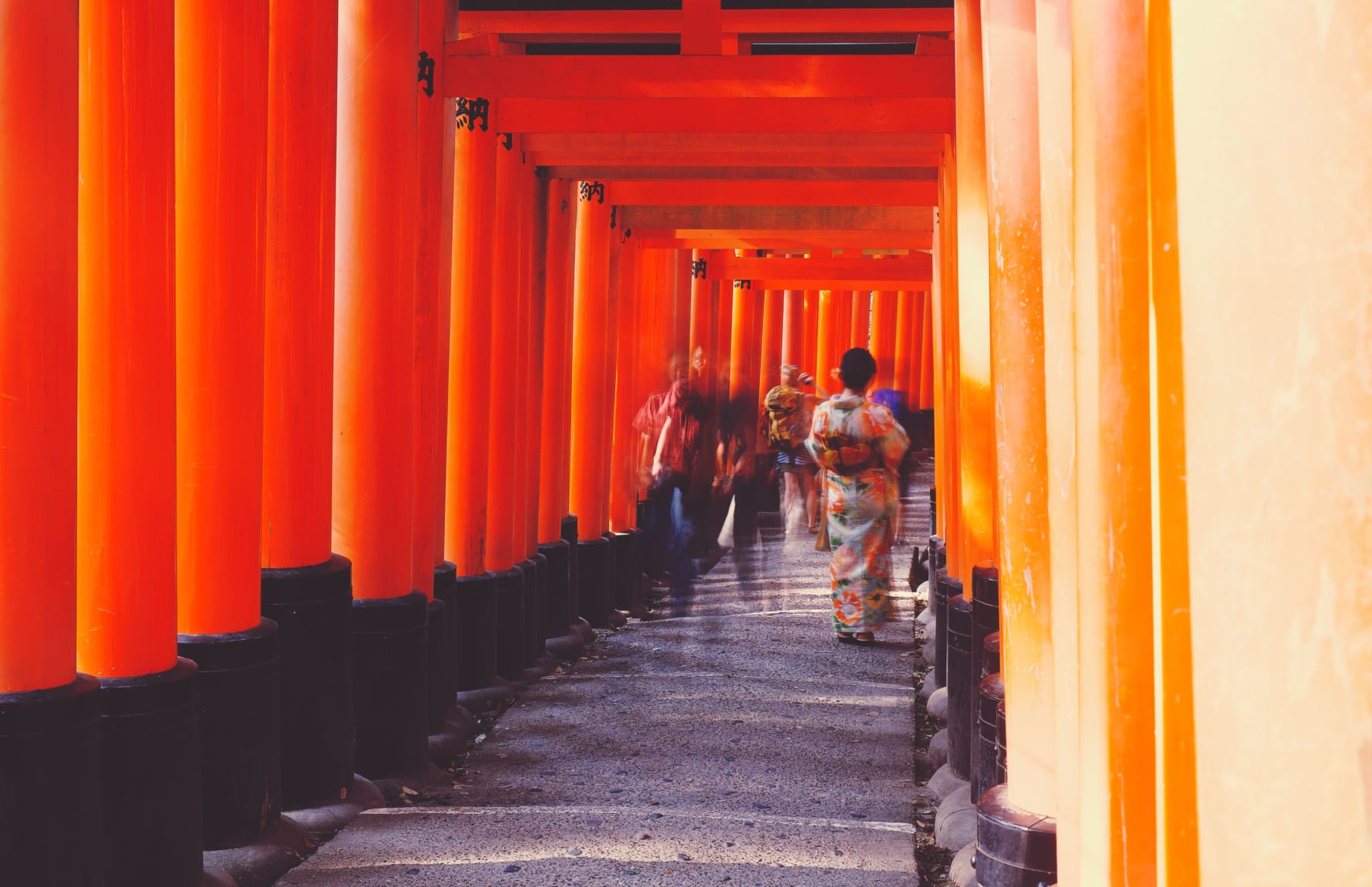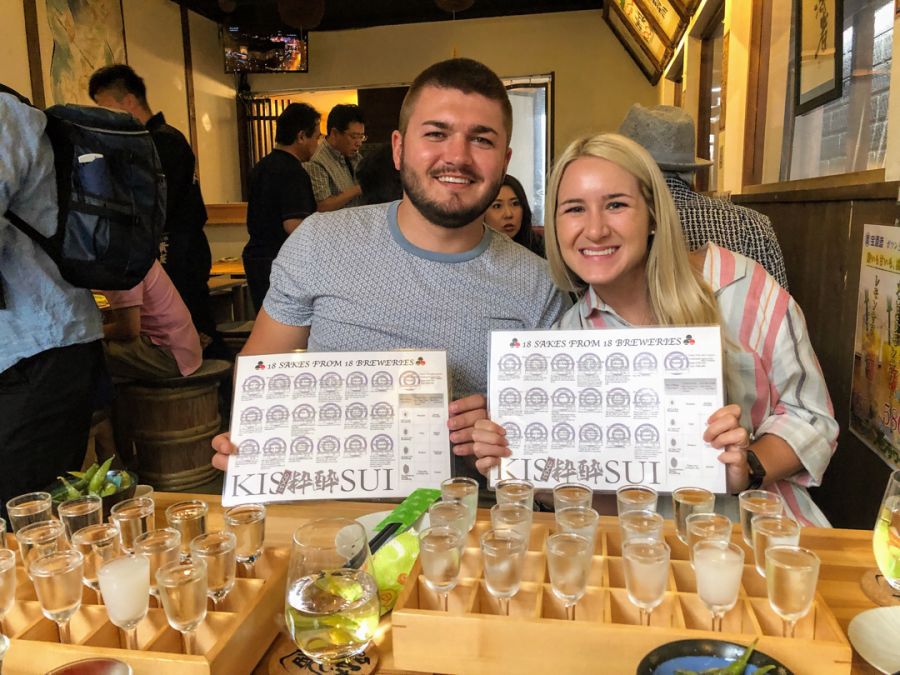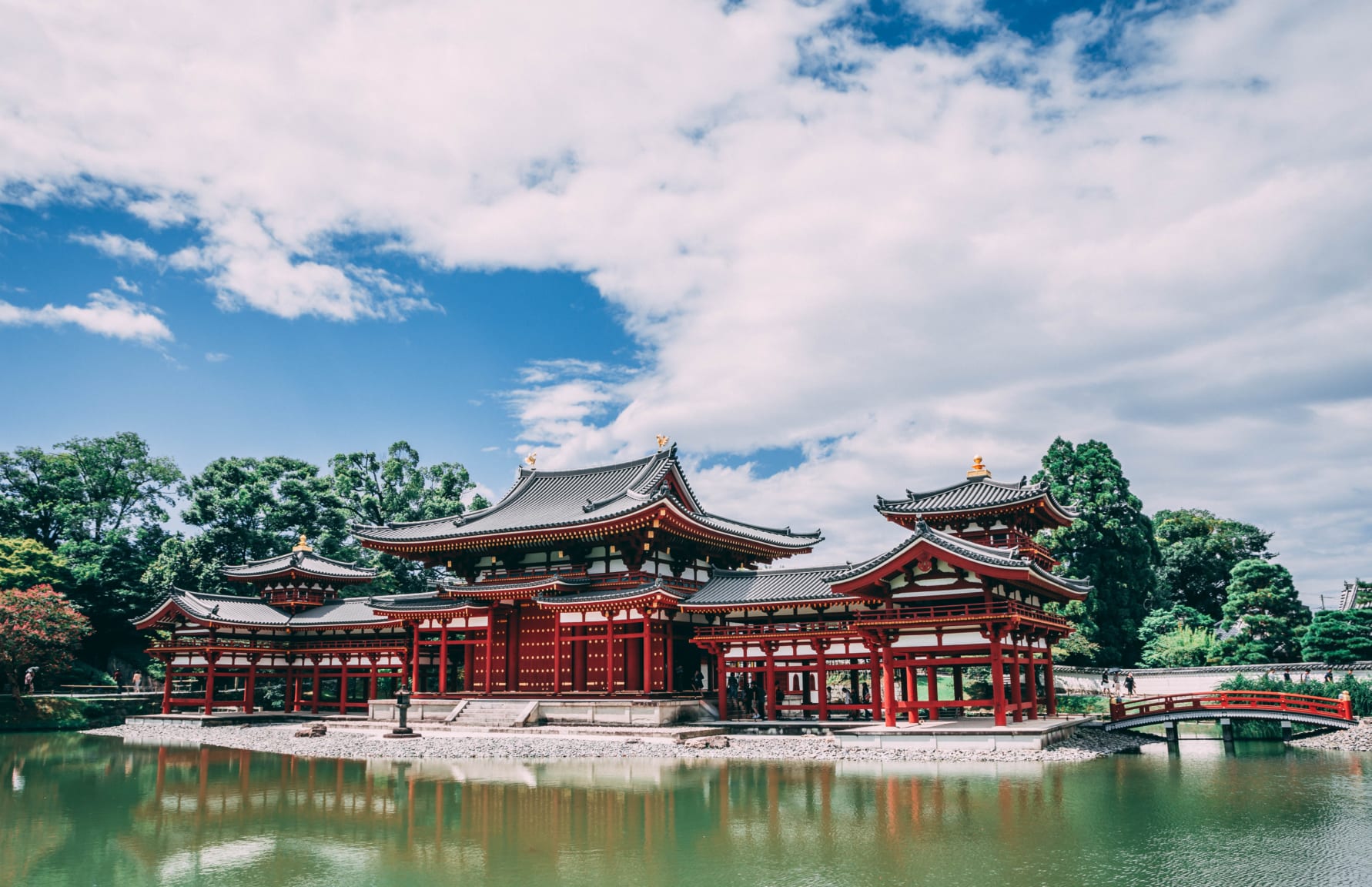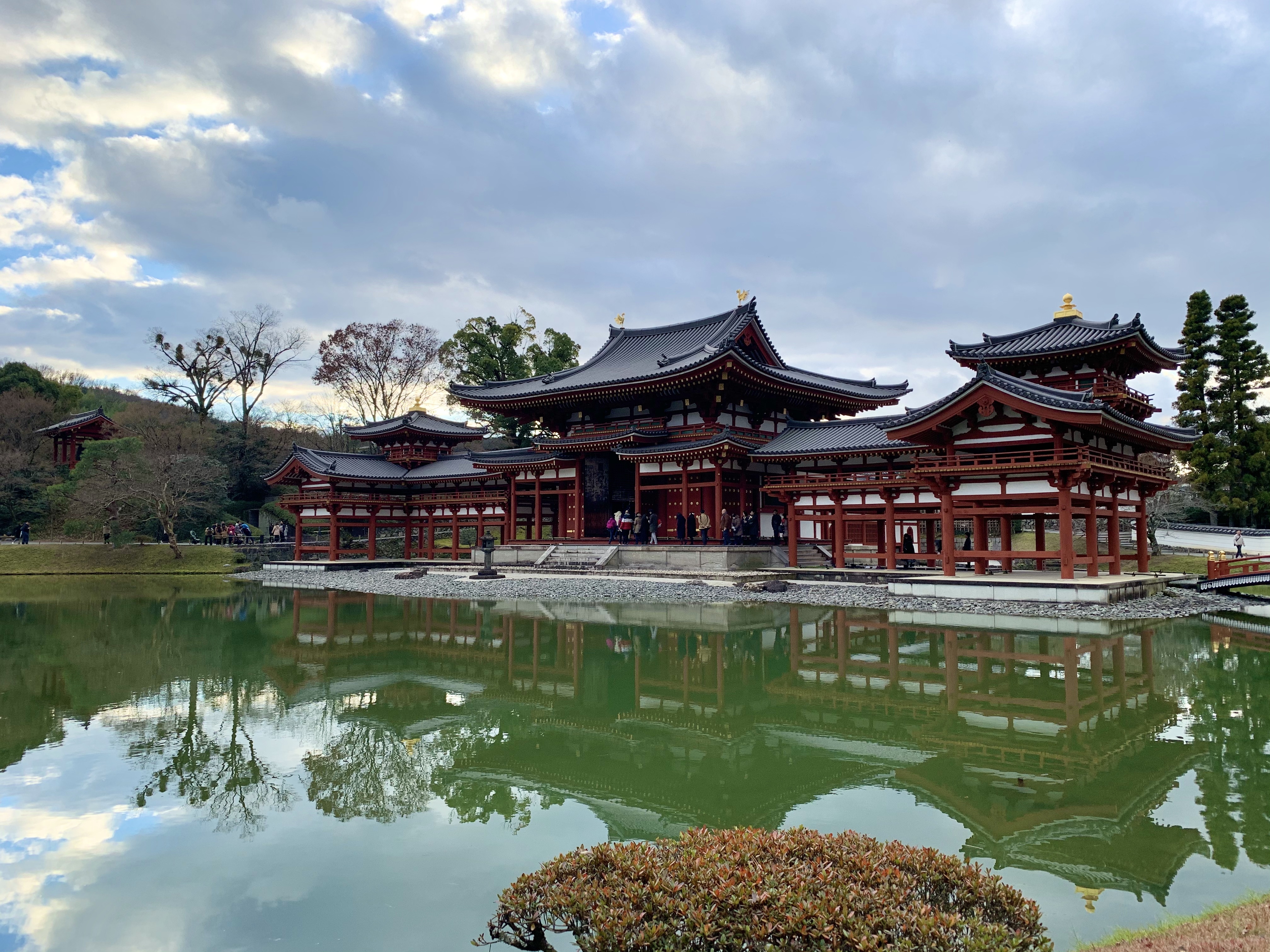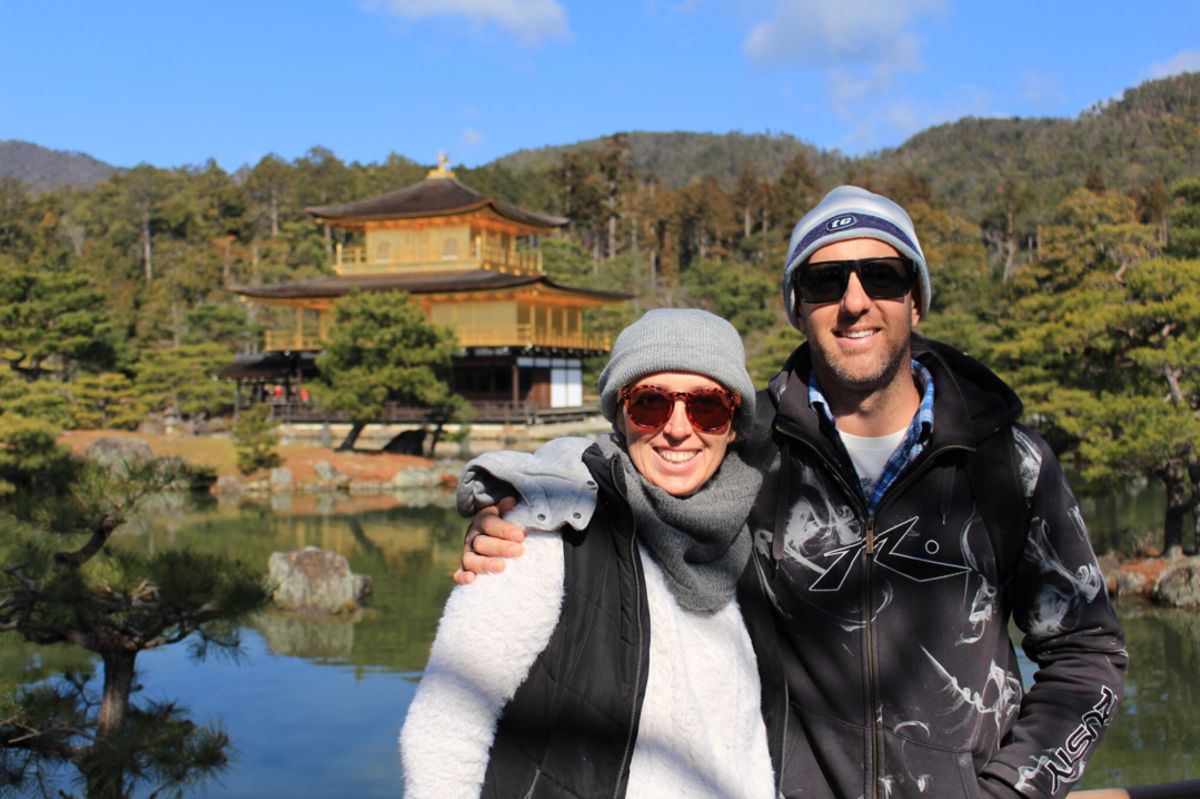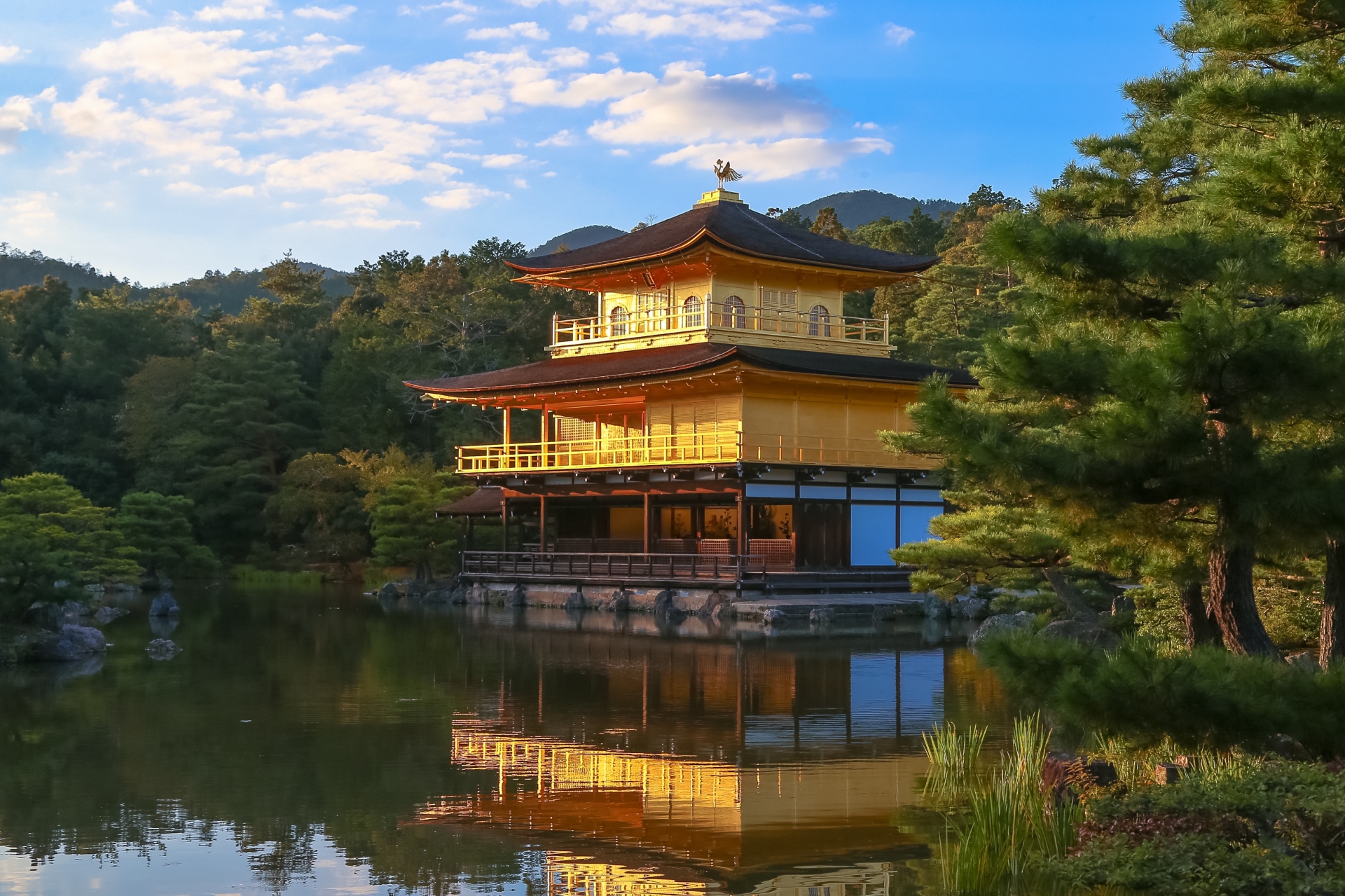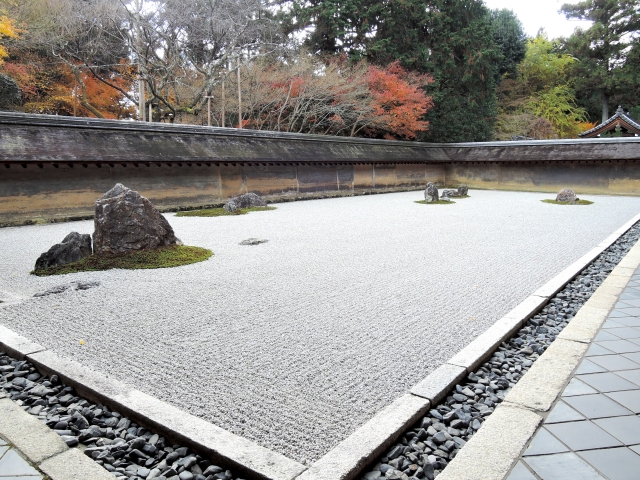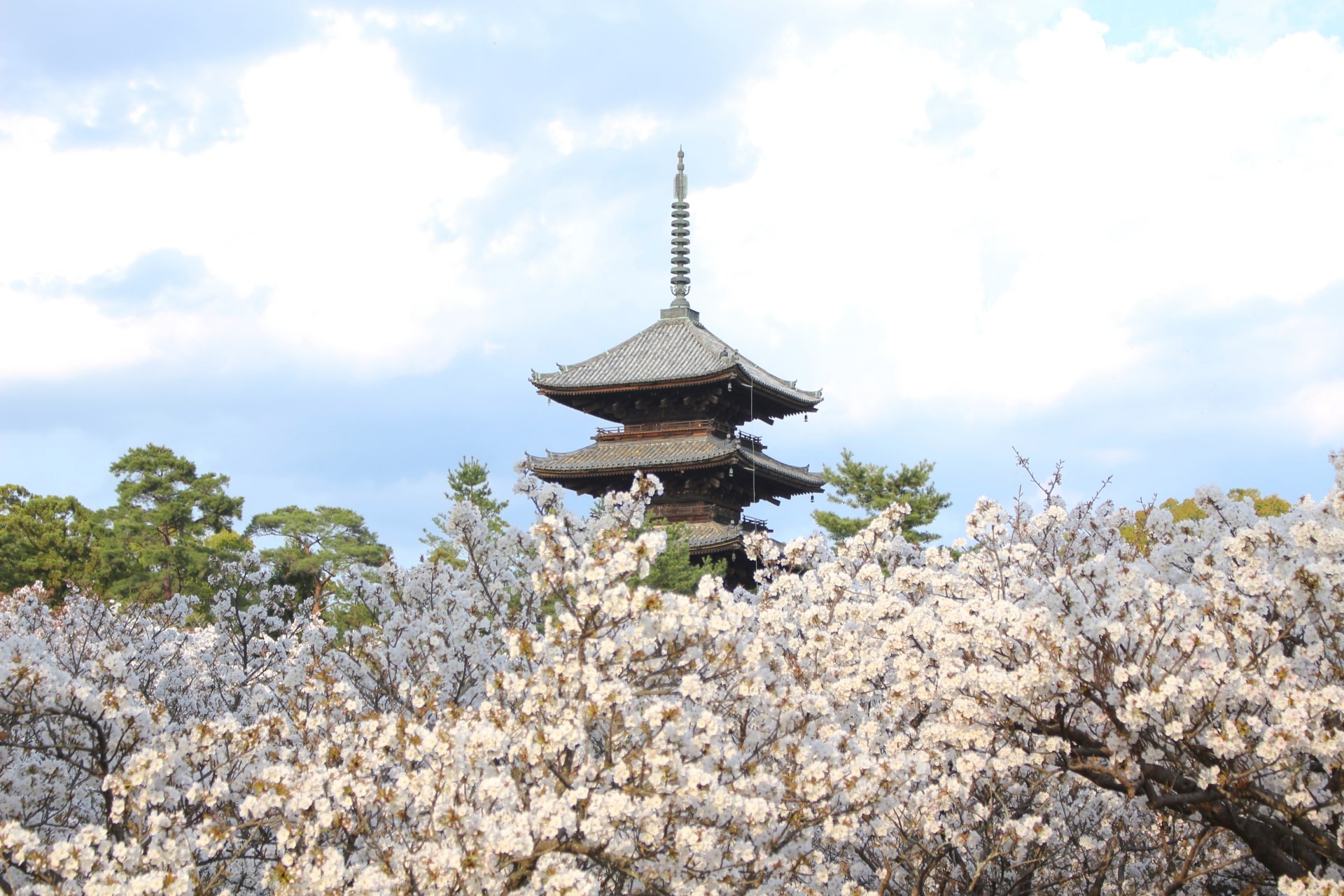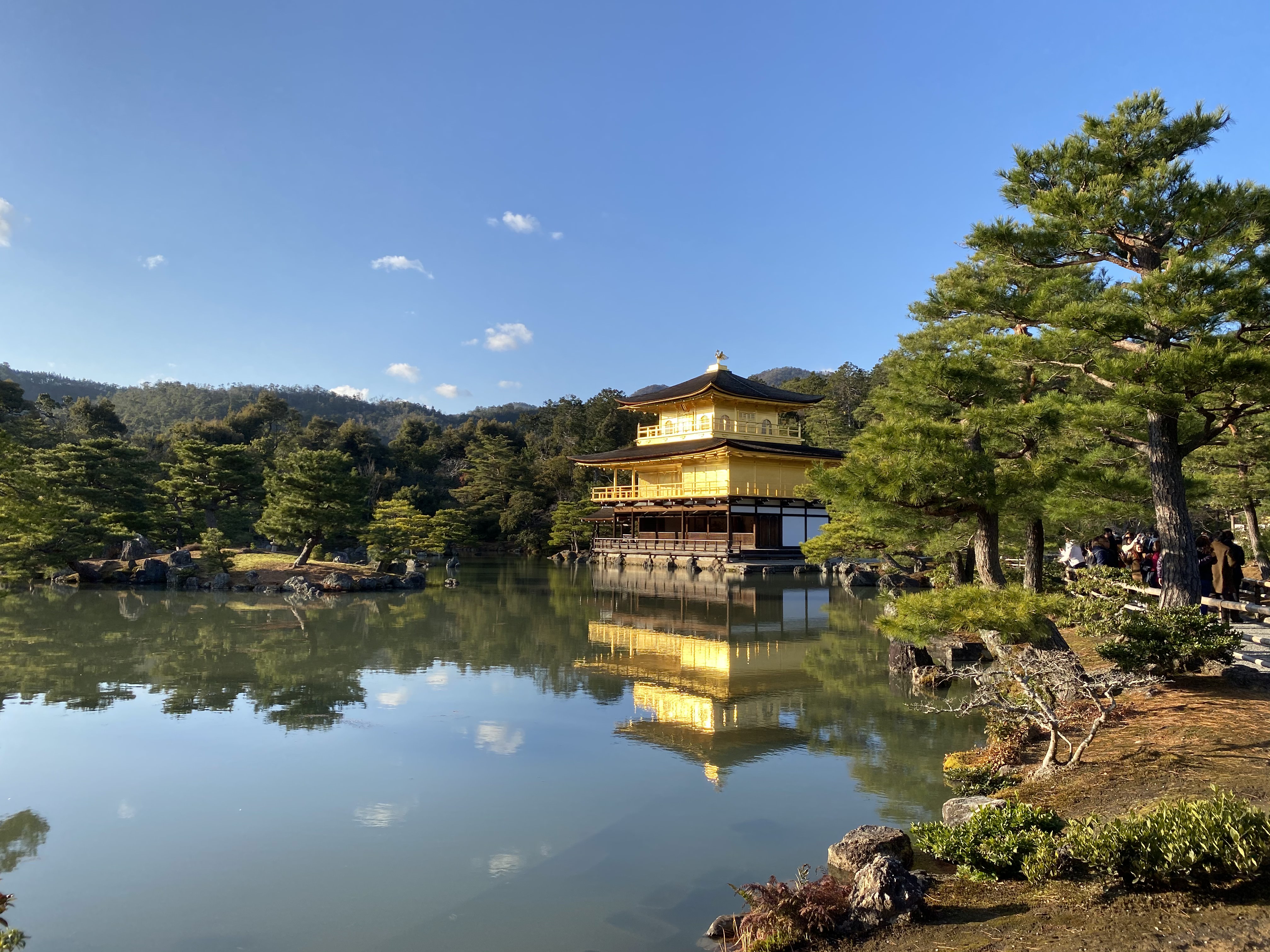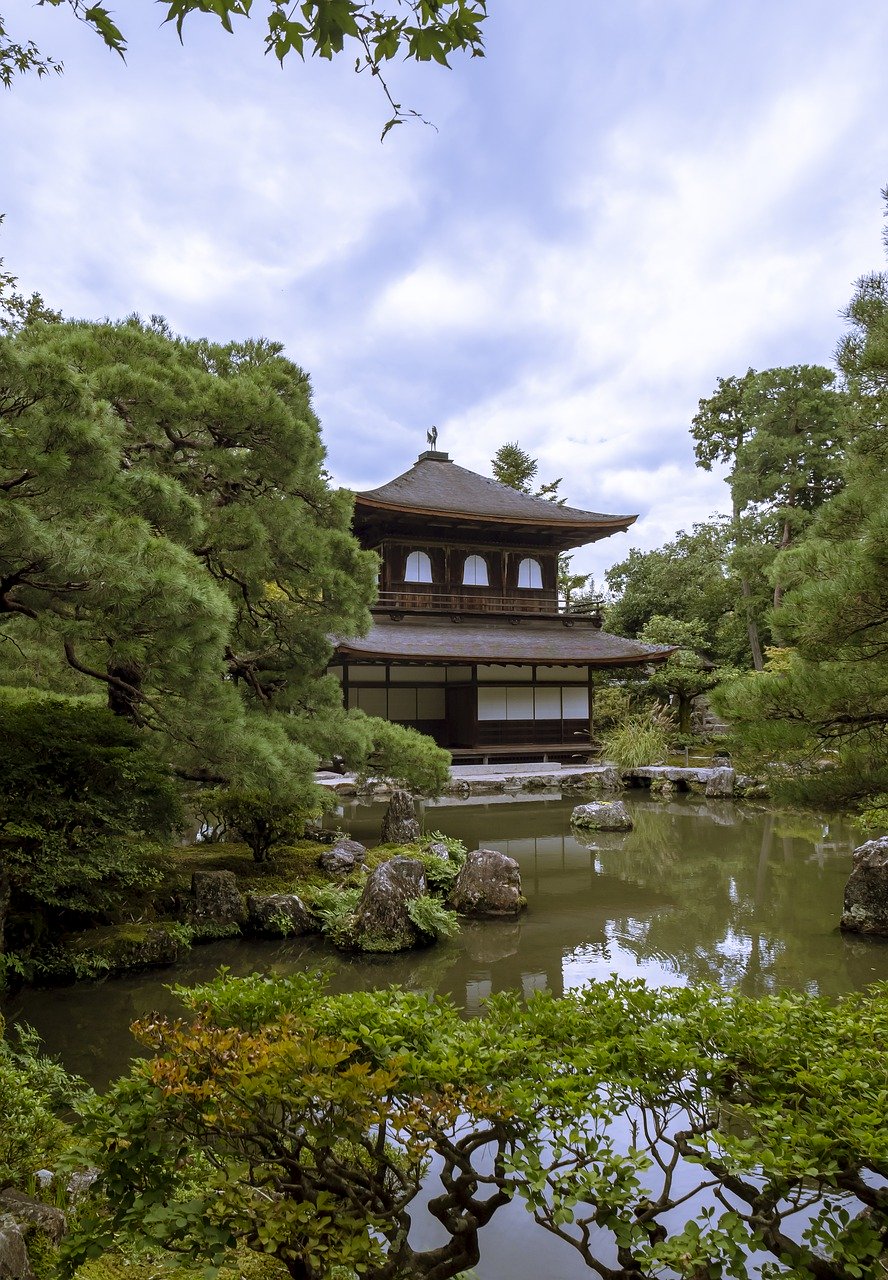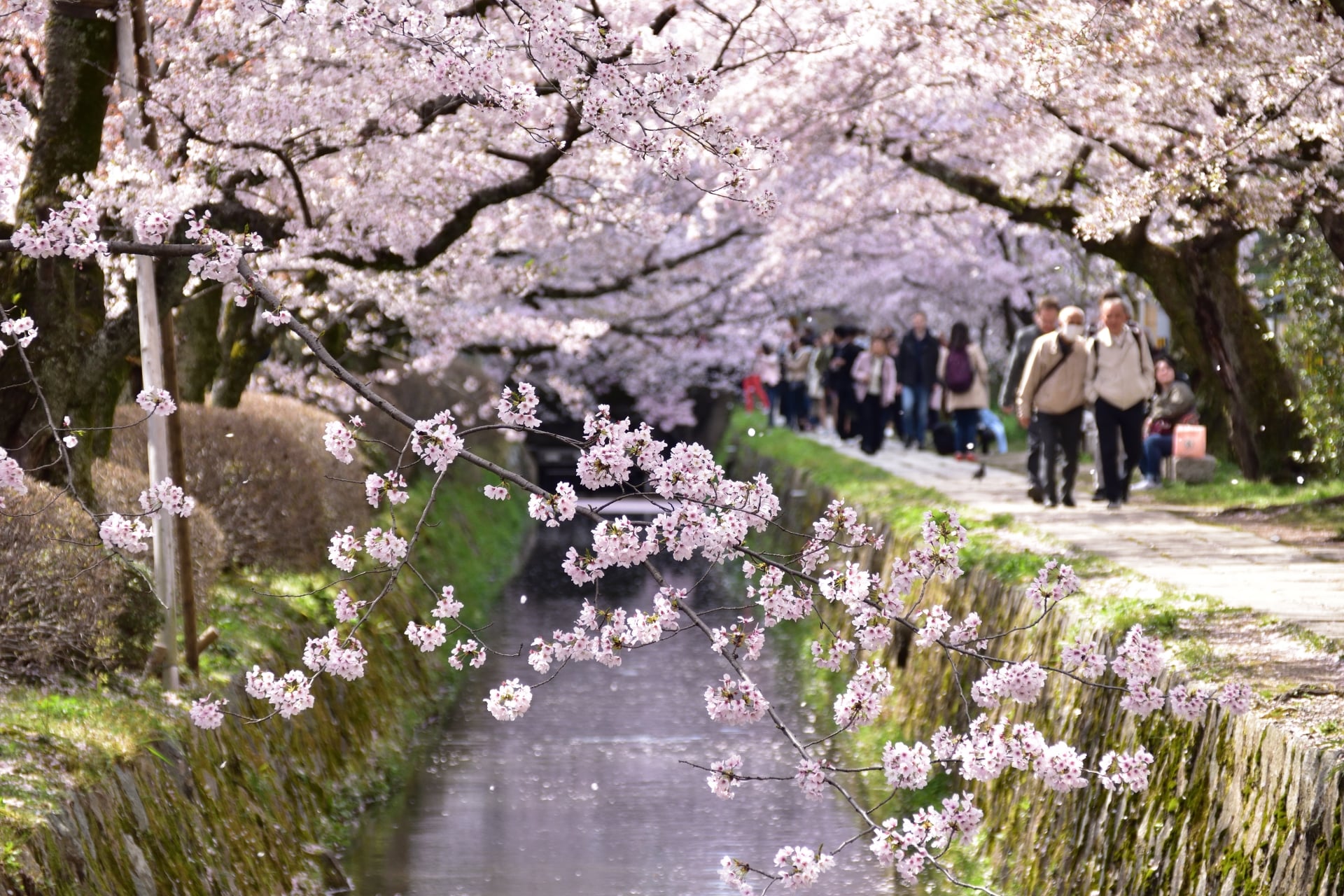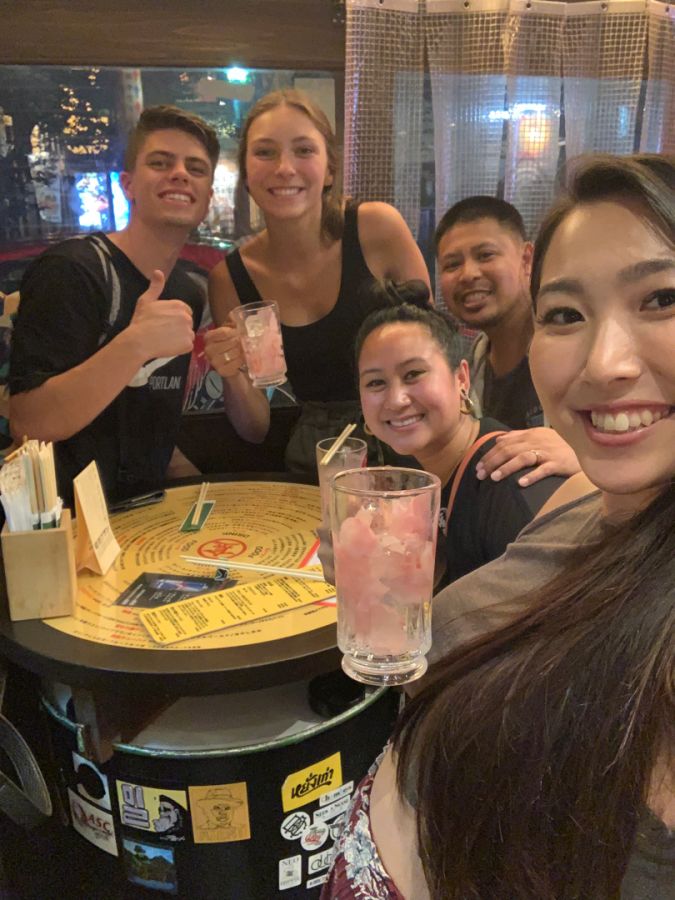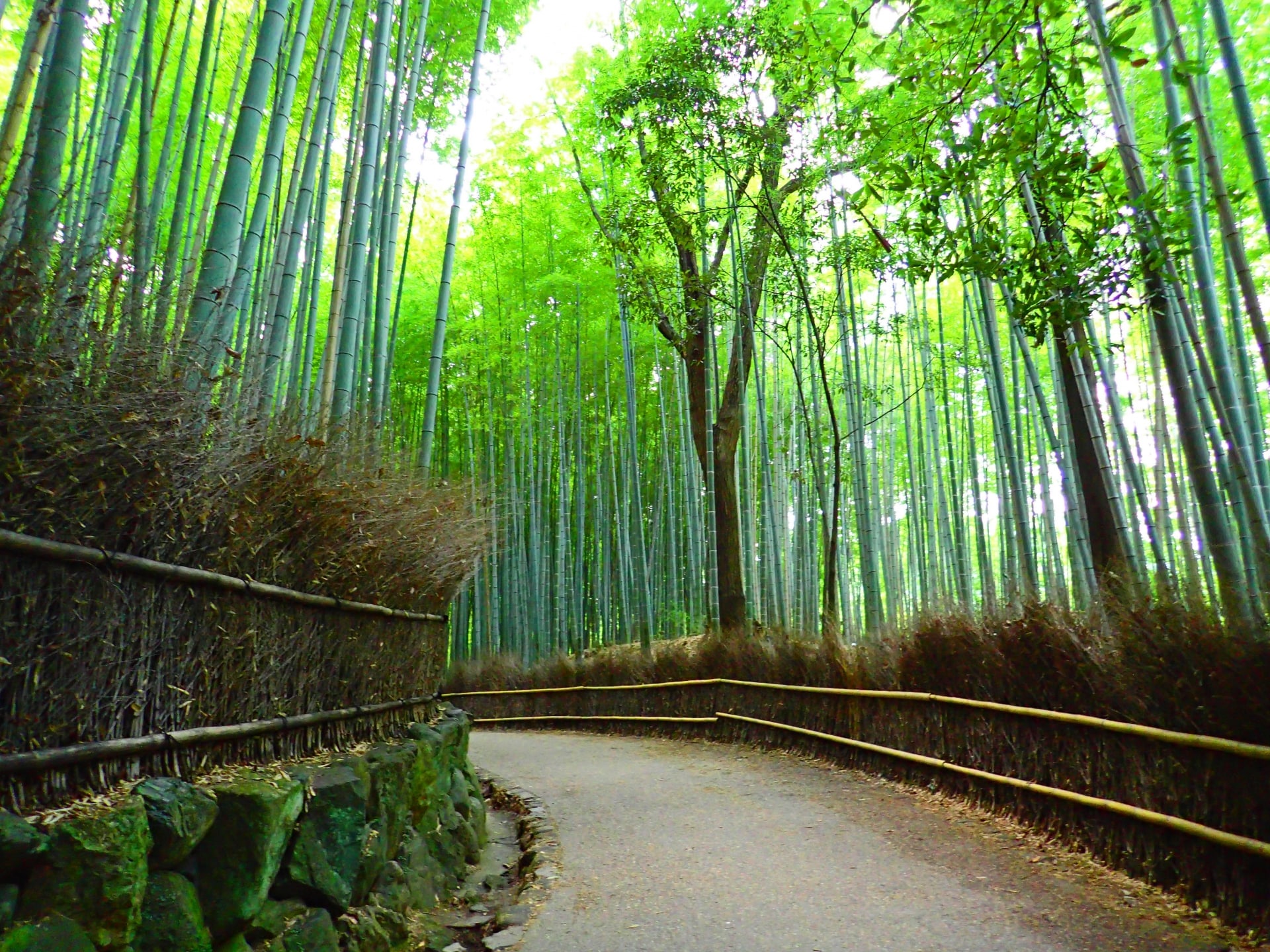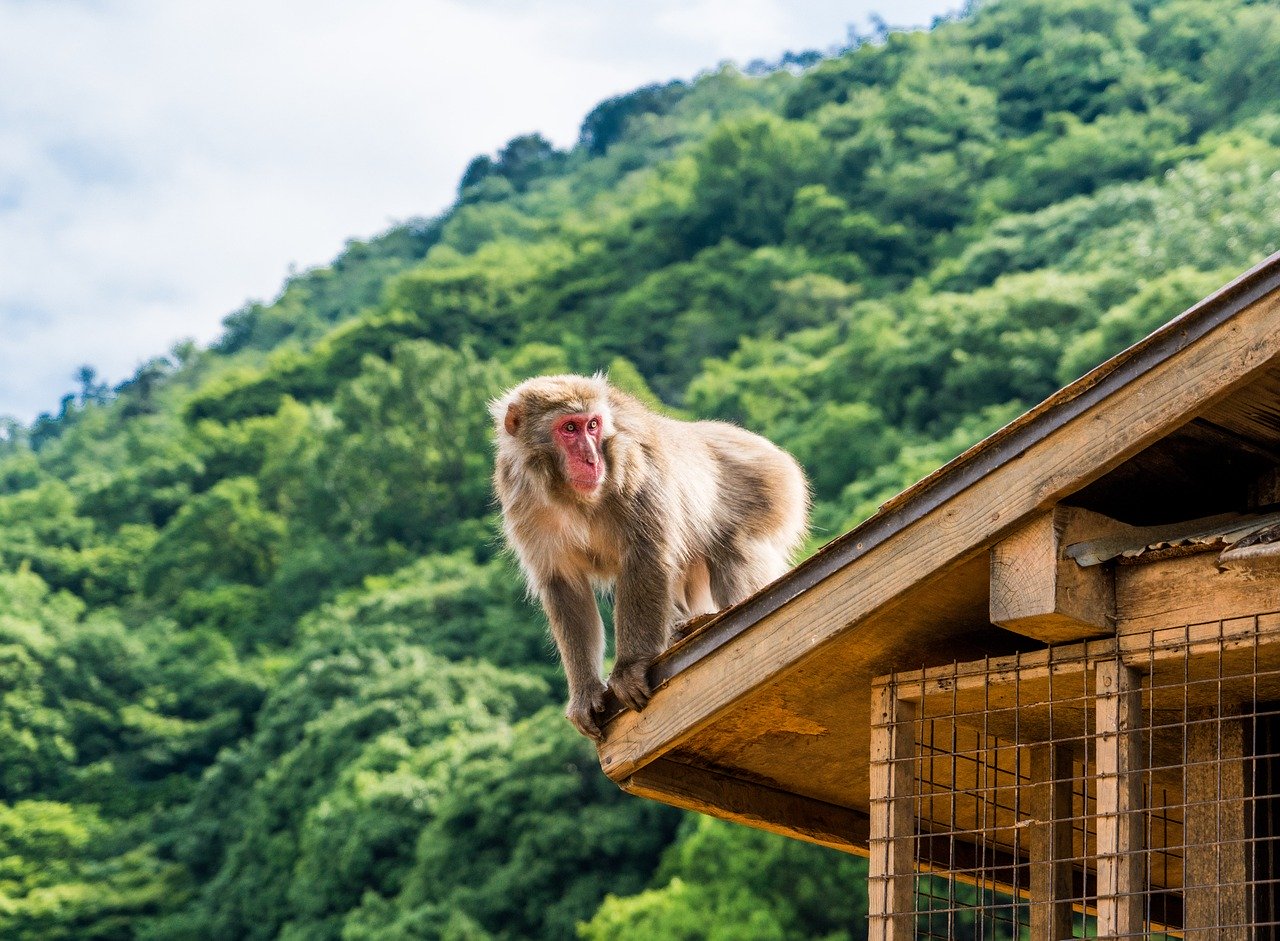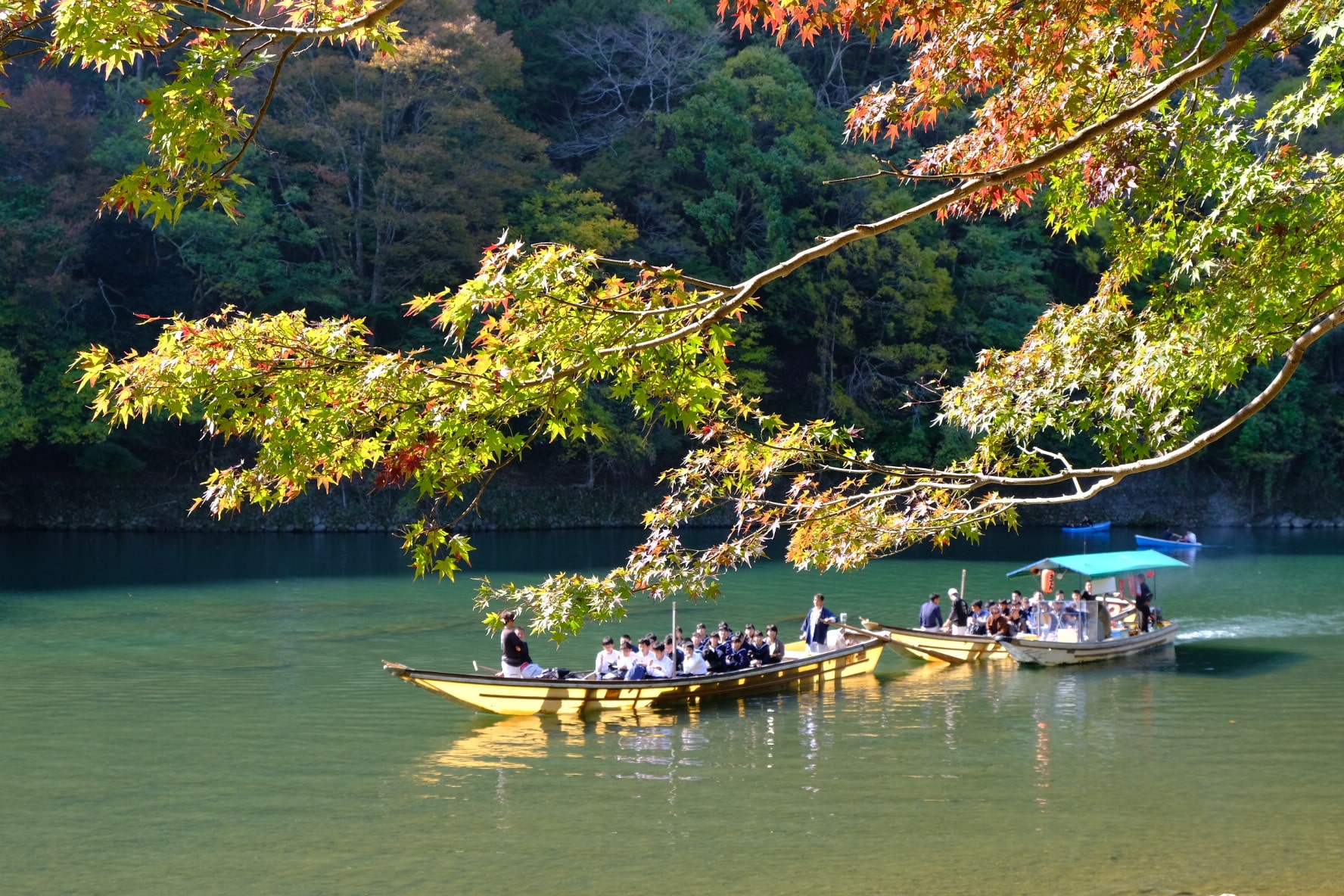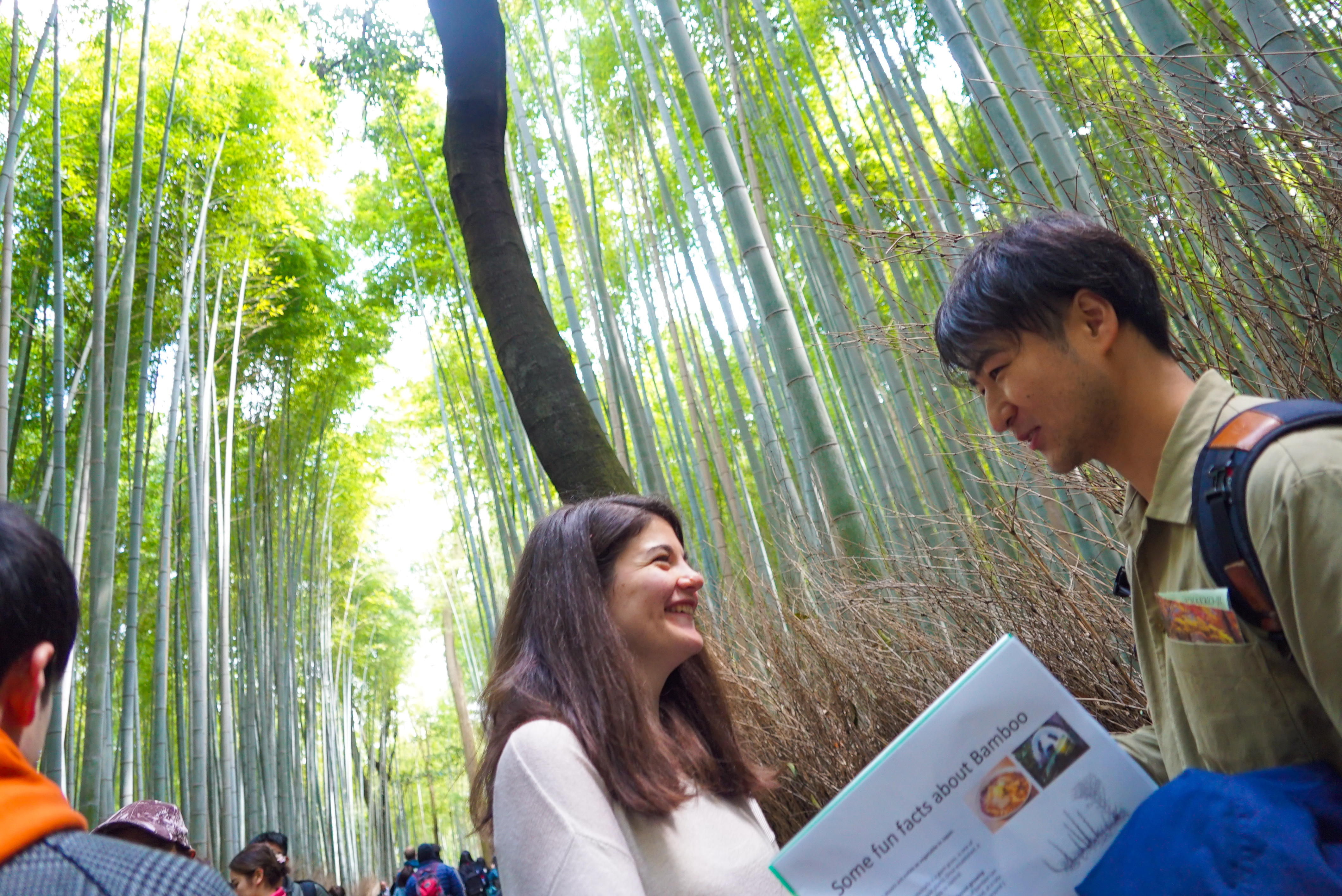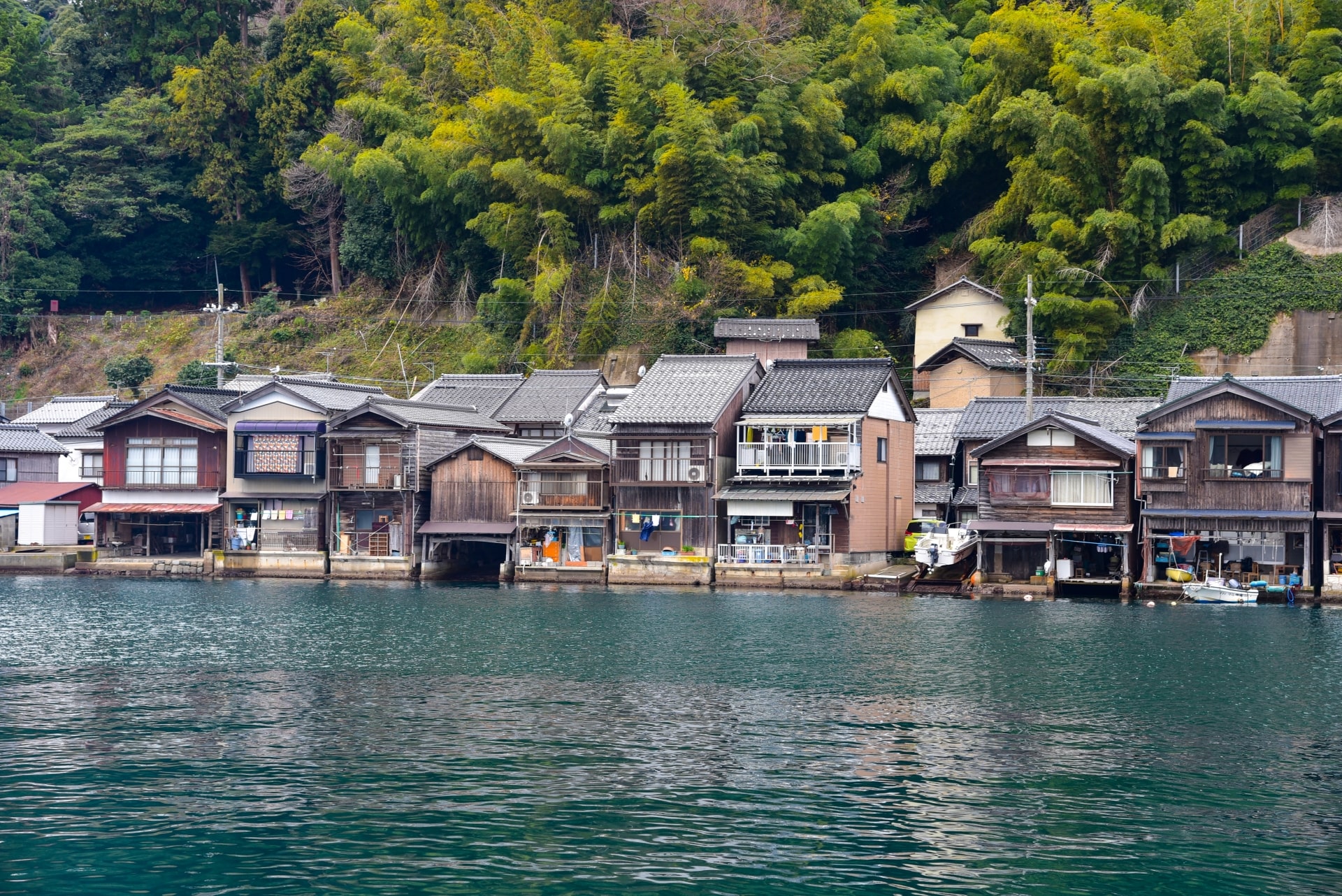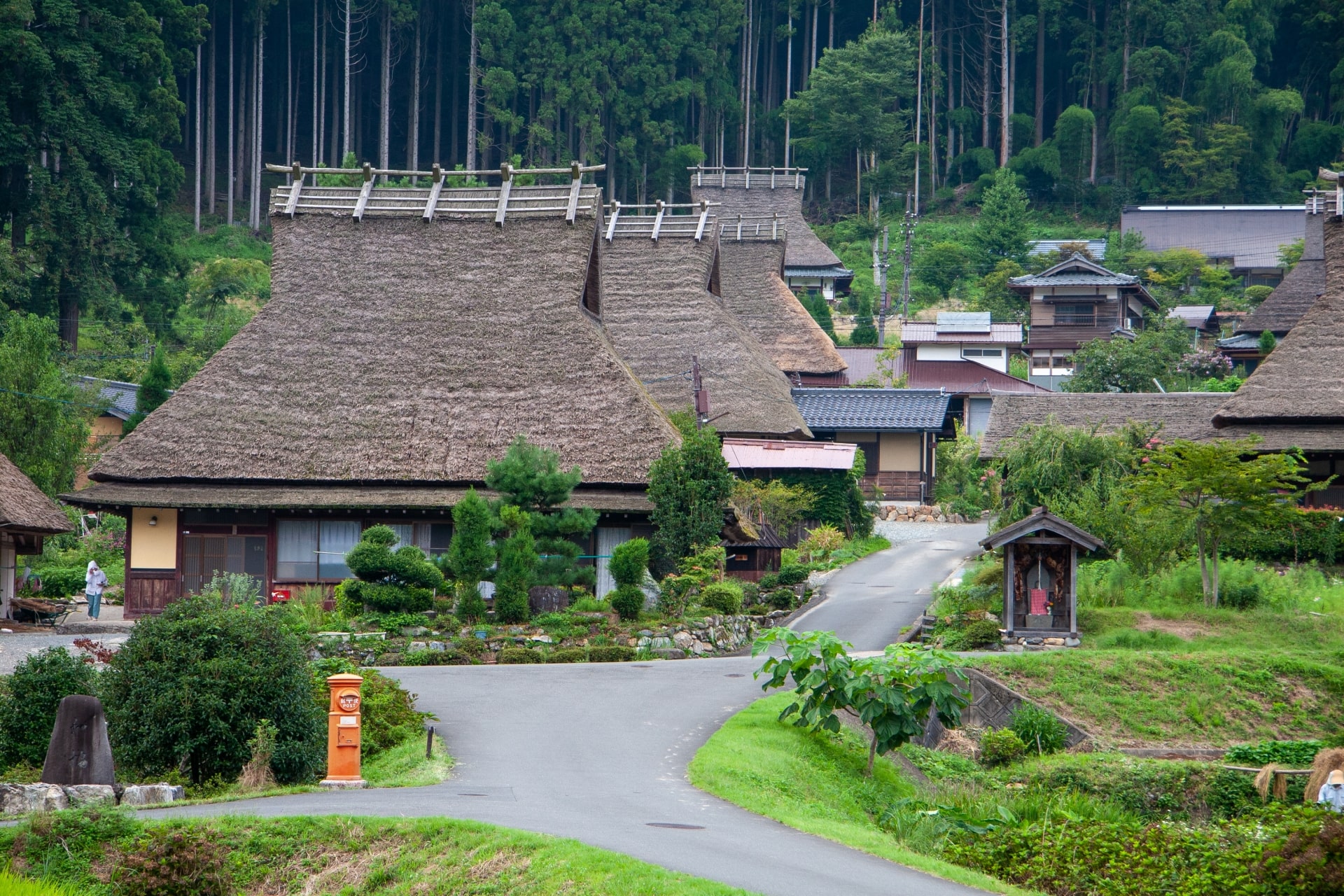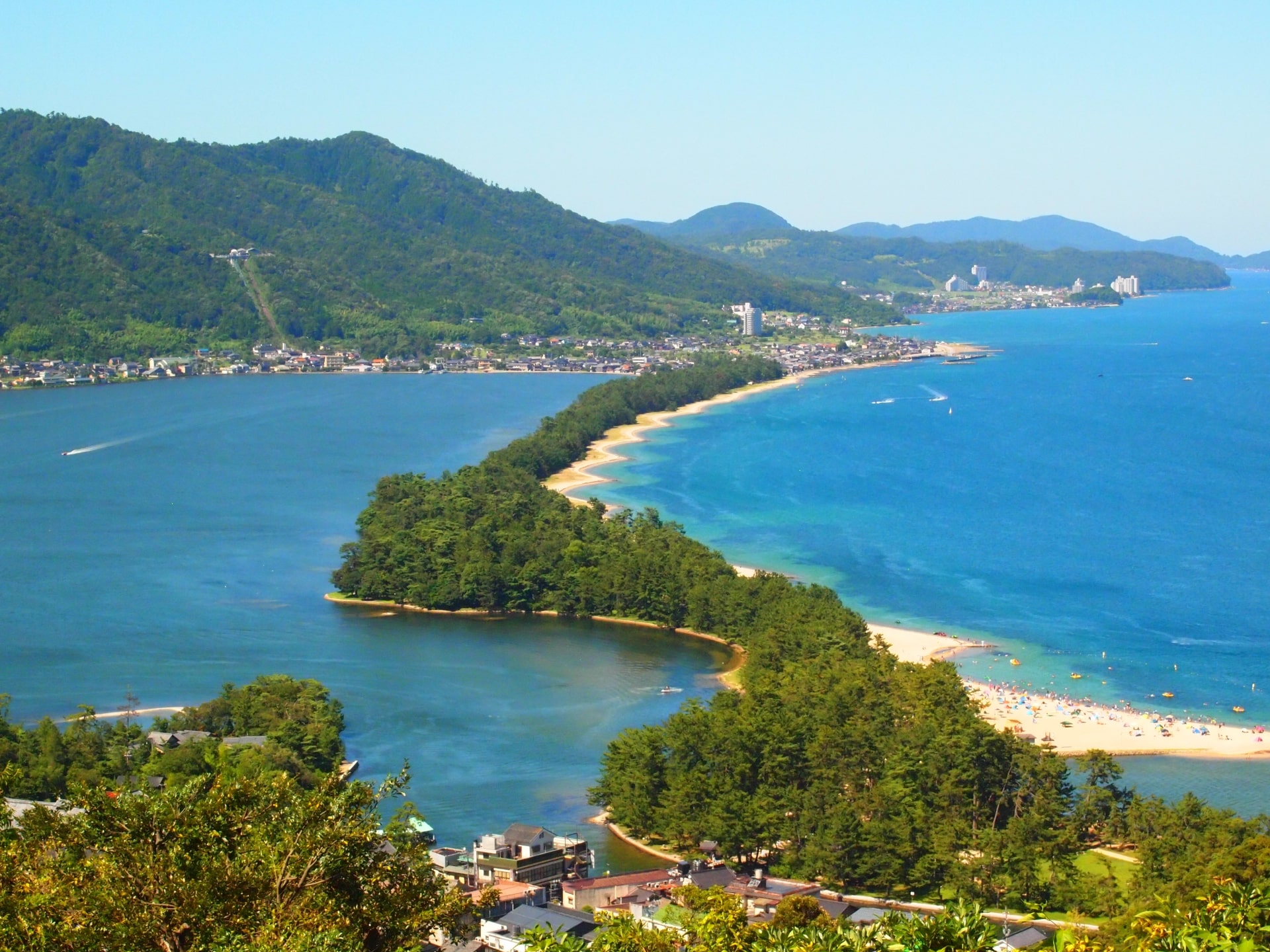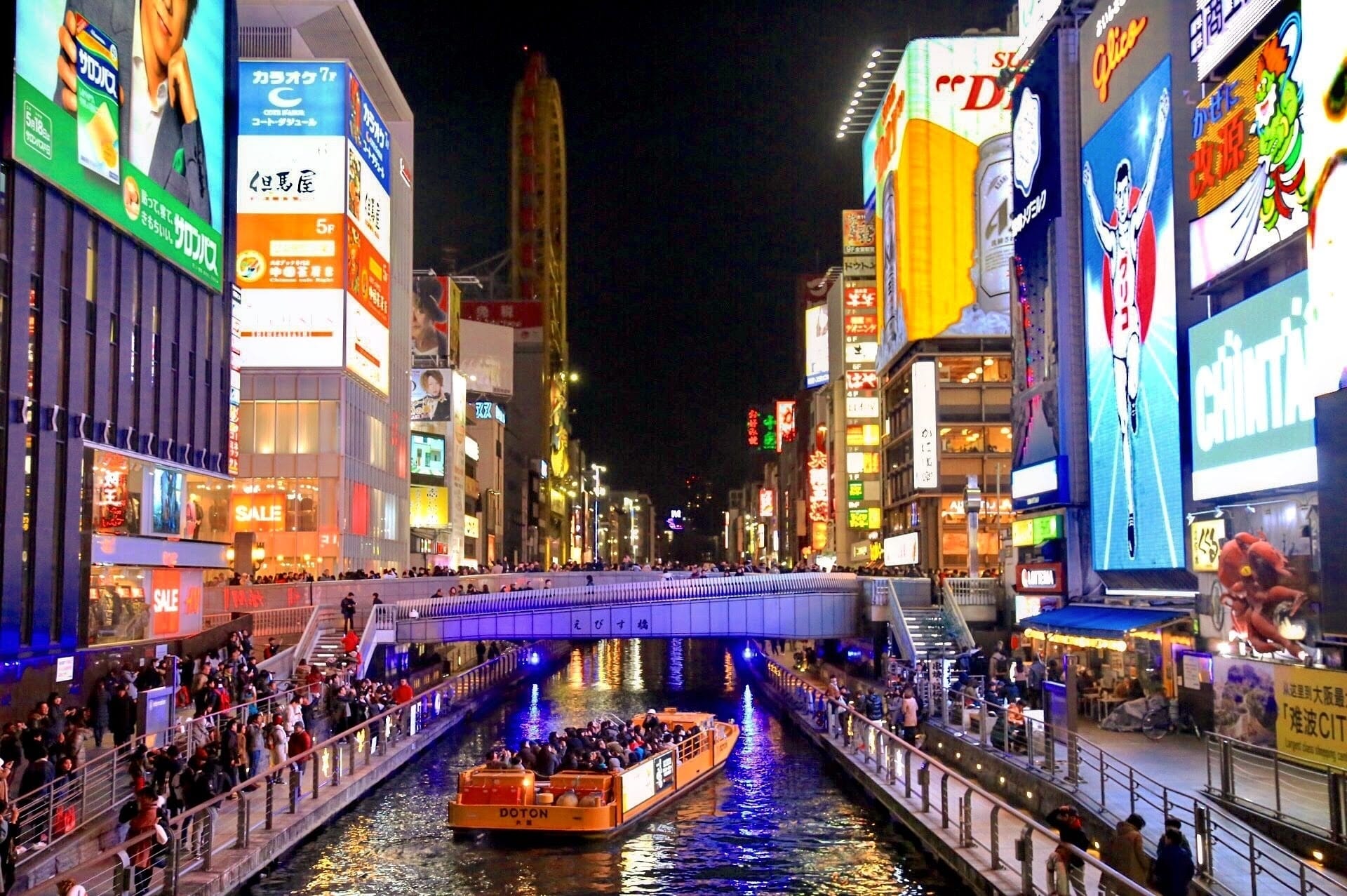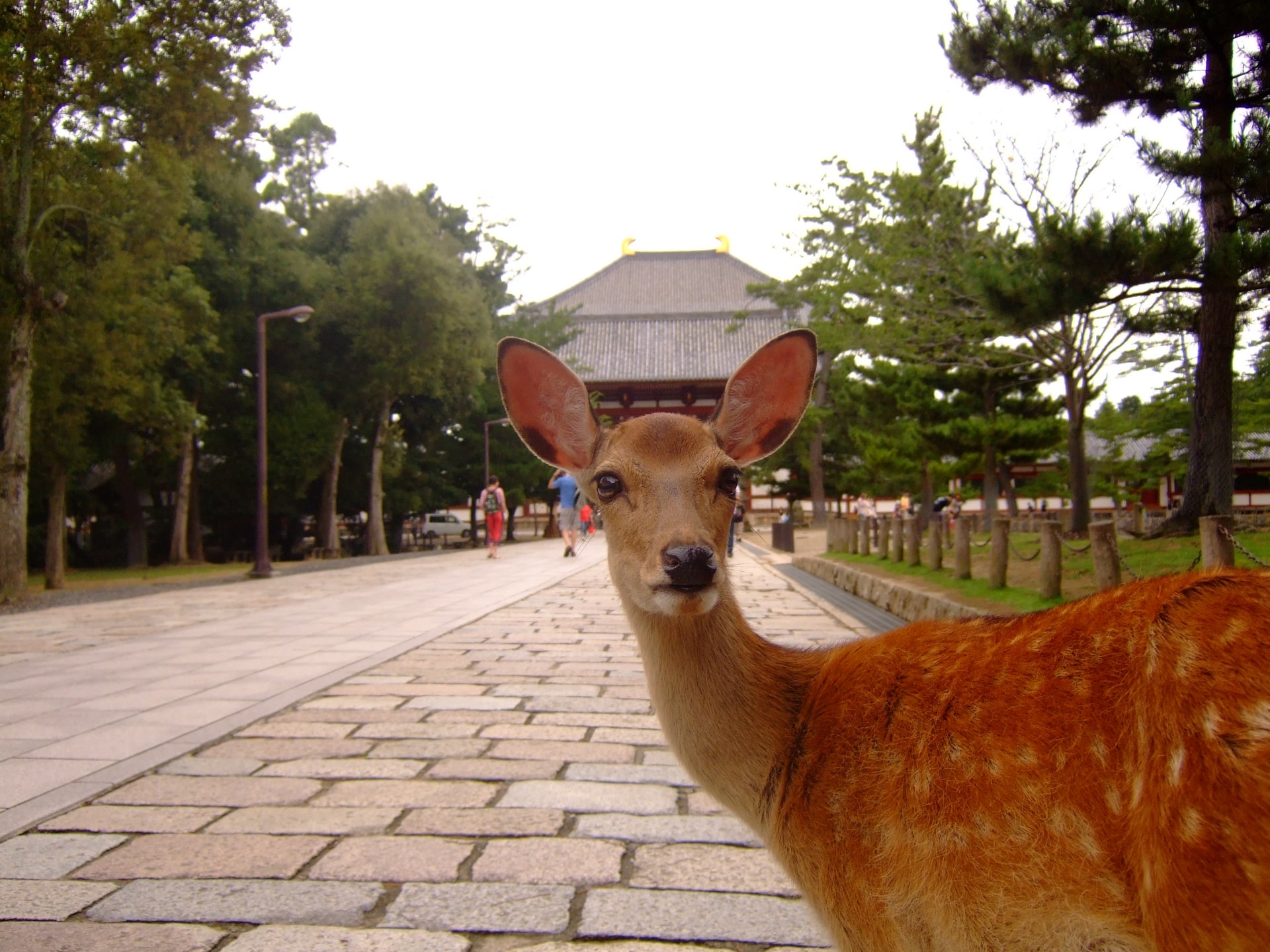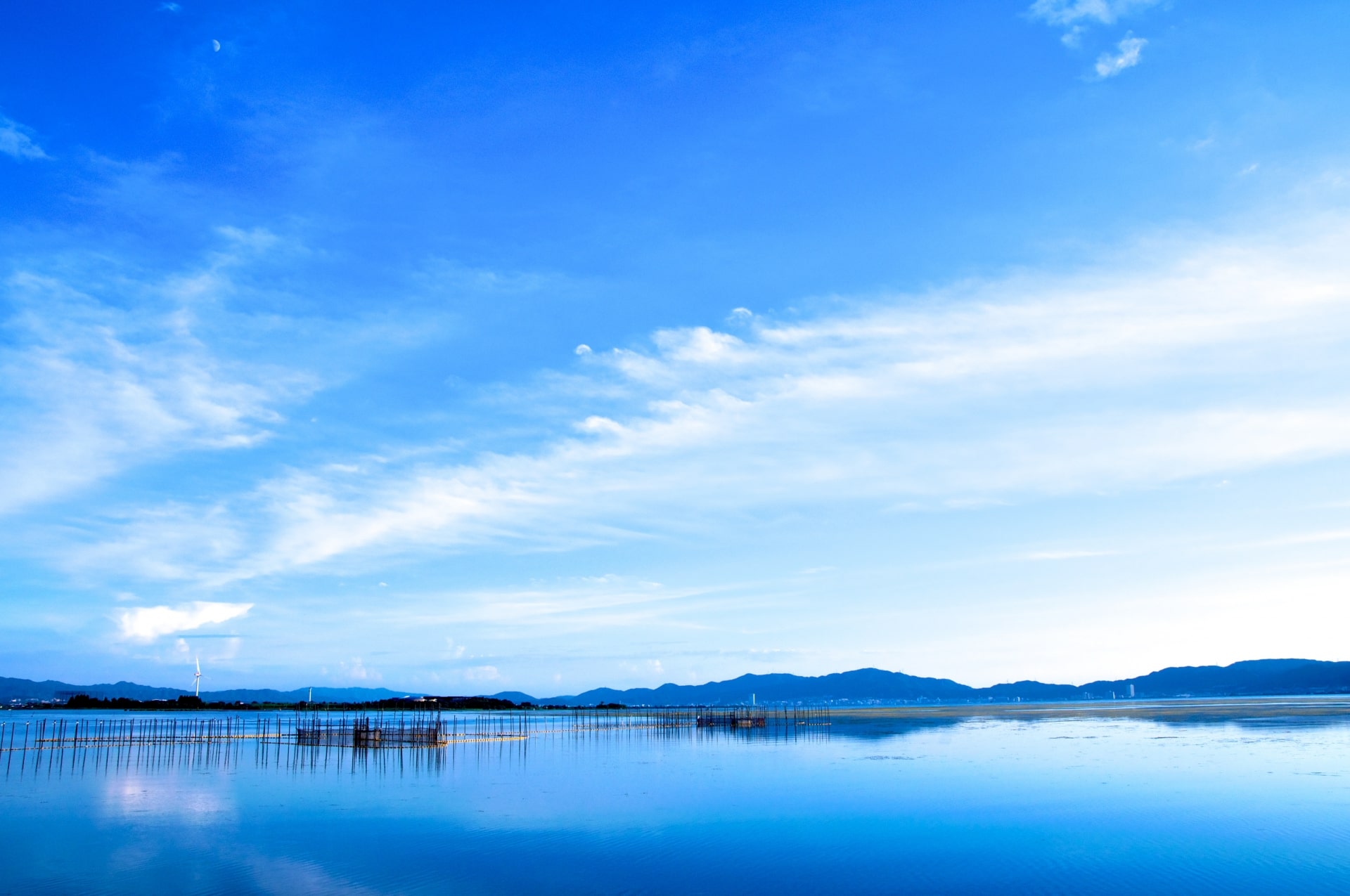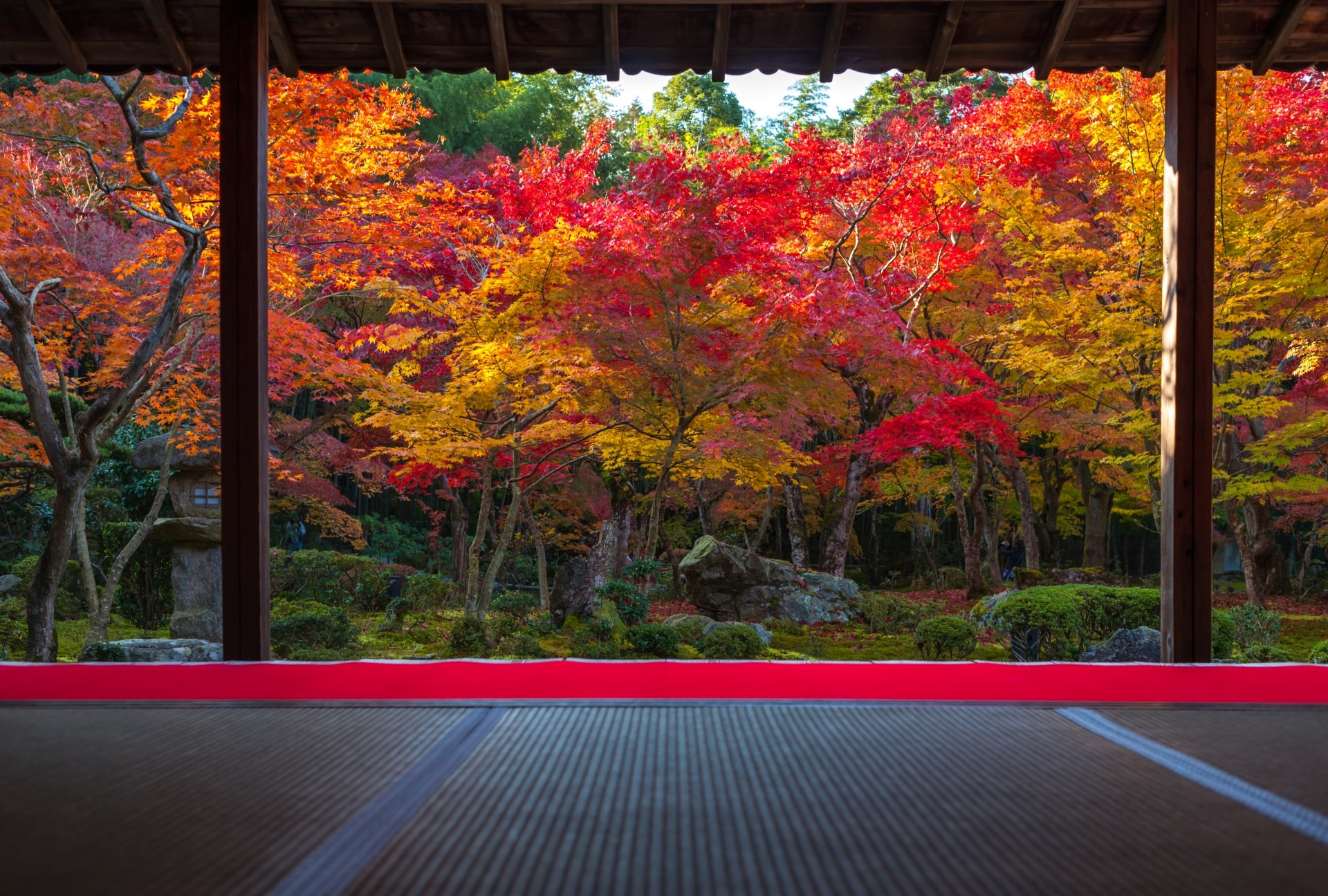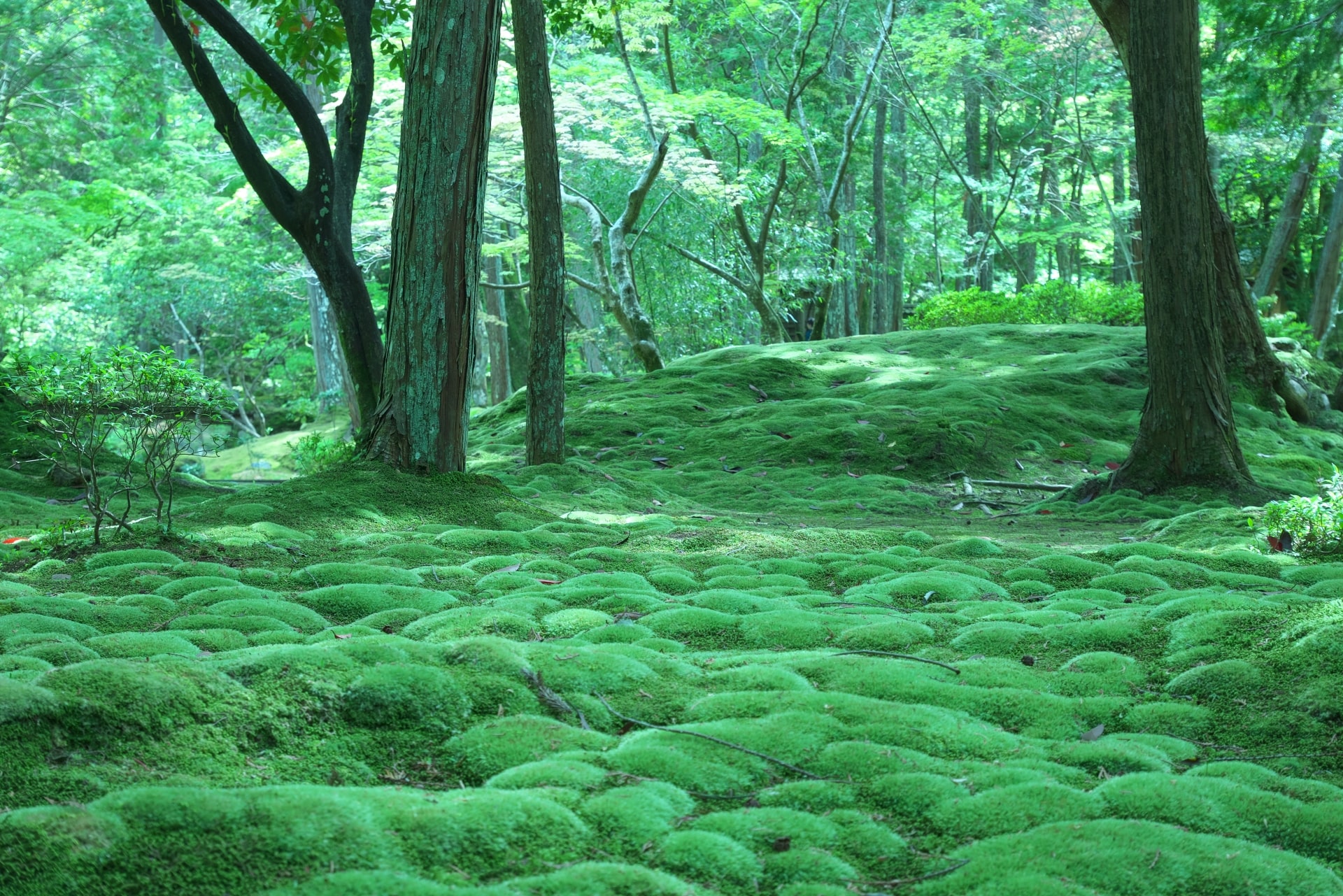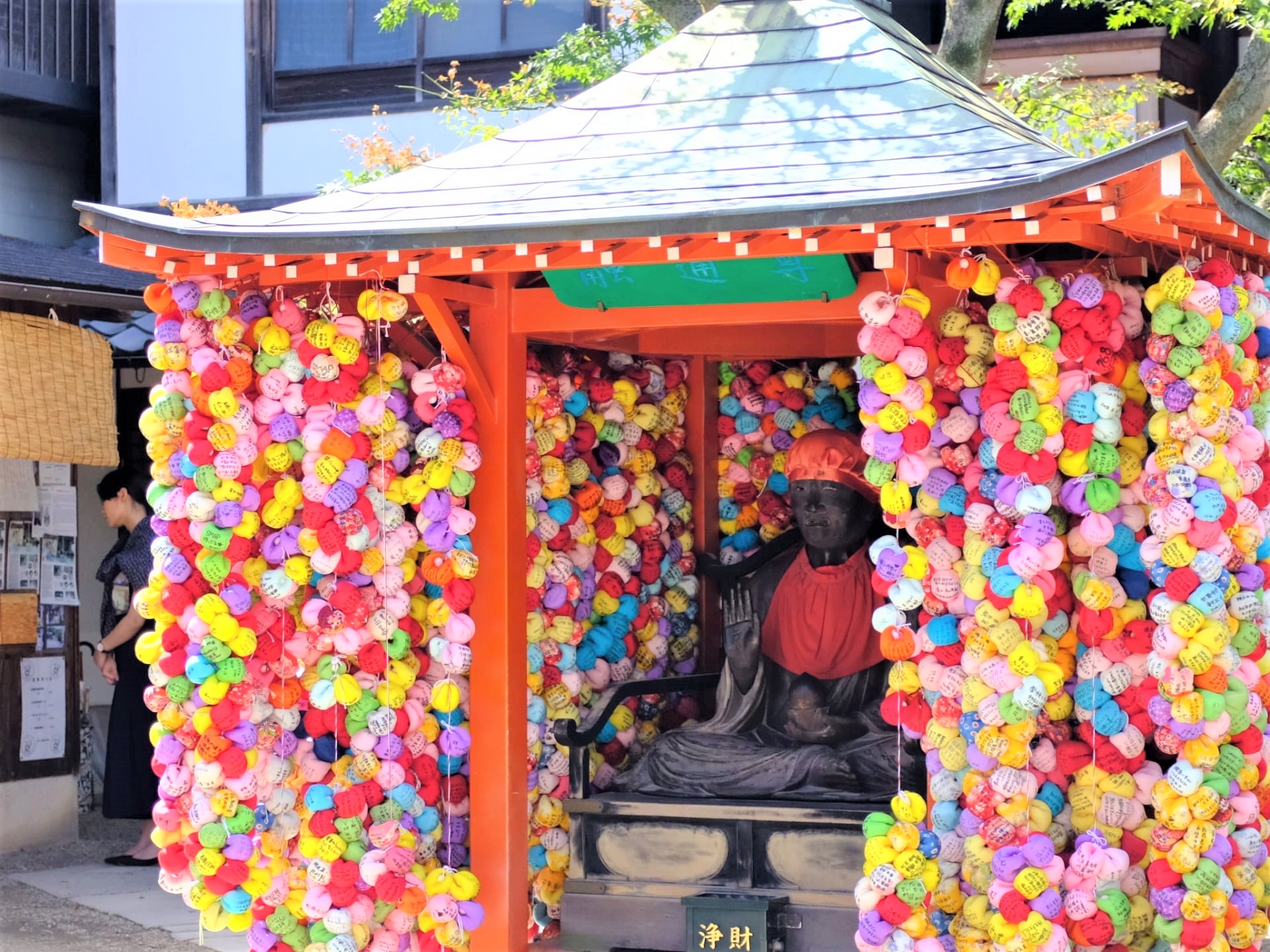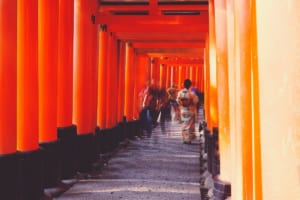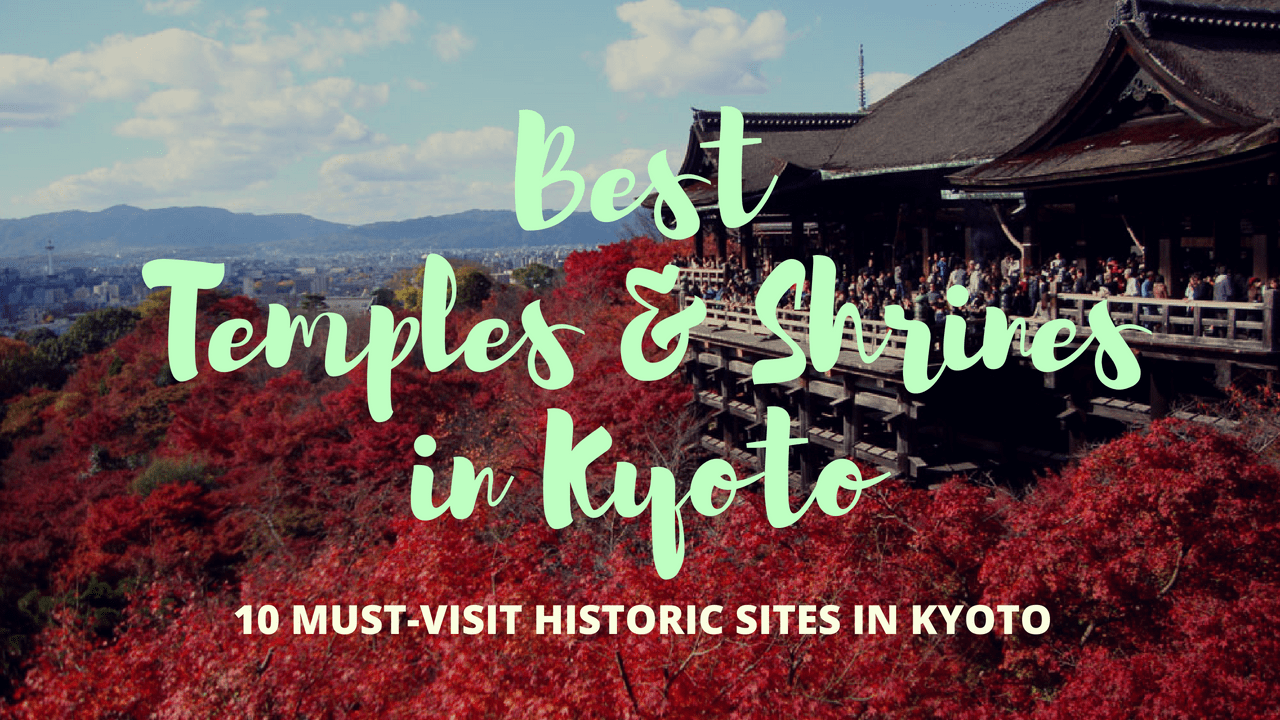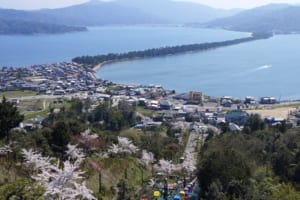5 Days Itinerary in Kyoto
5 Days in Kyoto: Best Things to See
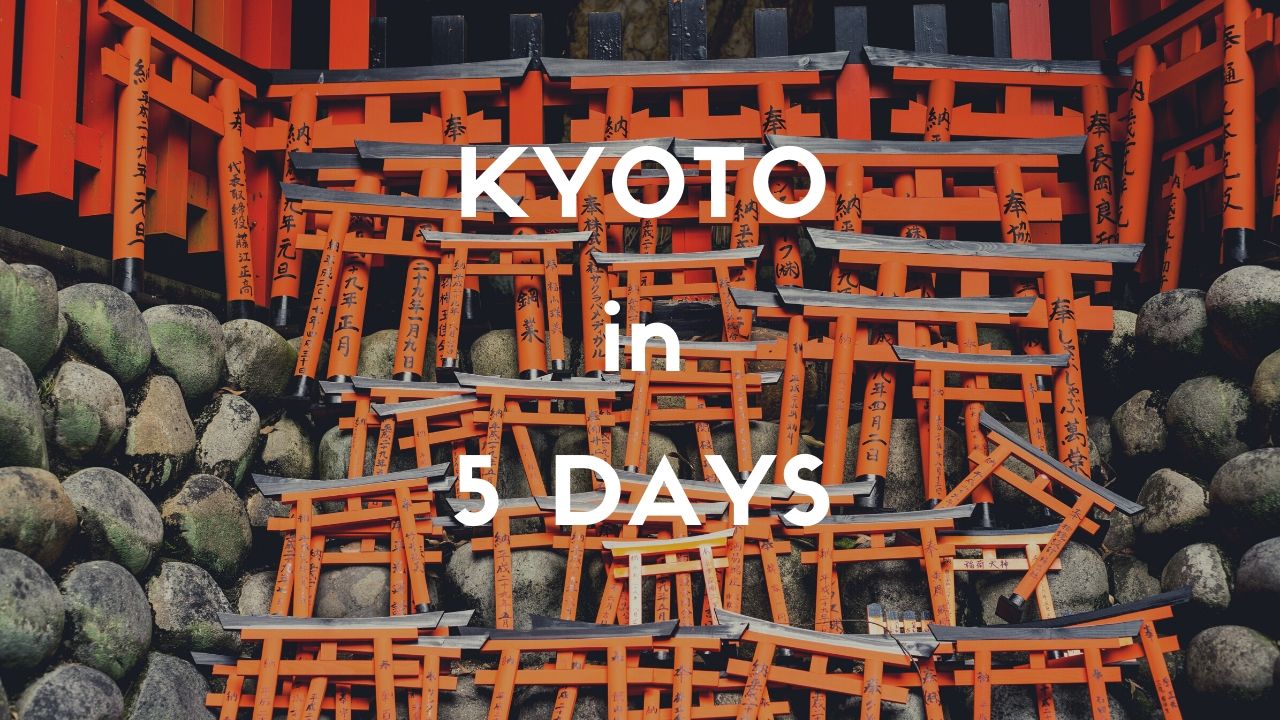
Kyoto, the ancient capital of Japan, captivates millions of visitors from around the world with its well-preserved historic streets and UNESCO World Heritage sites, including temples, shrines, and gardens. For anyone visiting Japan for the first time, Kyoto is a must-see destination. It’s well worth spending several days there to appreciate the beauty, culture, and traditions of the country.
A lot of tourists stay 2–3 days in Kyoto before or after visiting the western capital city, Osaka, but there’s never enough time to fully explore Kyoto’s countless tourist attractions.
If you truly want to experience the beauty and wonder of this amazing city, I recommend spending five days there. This duration is sufficient to explore the main attractions, engage in additional activities, visit some lesser-known spots, and even take a trip to nearby cities.
In this article, I’d like to share a suggested 5-day itinerary in Kyoto with the best things to do, must-visit spots, and popular tours, as well as some tips for dining and shopping!
*Please note that this article contains affiliate links.
Day 1: Higashiyama & Gion
The best tourist attraction in Kyoto is definitely the preserved historical sites, including temples, shrines, and the town itself, and many of them gather within the Higashiyama District, such as:
Kiyomizudera Temple: One of the most famous historic landmarks in Japan, and the oldest temple in Kyoto, which was built in 780. The iconic view of its large wooden terrace collaborates with the surrounding nature and displays astonishing scenery such as cherry blossoms and autumn leaves.
Yasaka Shrine: A Shinto shrine brightly painted in red and a host of the famous Gion Festival held in July every year.
Ninenzaka and Sannenzaka: Two shopping streets situated within the preserved historic districts in Higashiyama, filled with a number of souvenir shops and restaurants transformed from the Kyoto-style traditional wooden houses.
Yasaka Pagoda (Hokanji Temple): One of the most recognizable landmarks in the district, and a popular photo spot in Kyoto where you can capture the stone-paved street and the magnificent pagoda tower of Hokanji Temple.
I’d also recommend that you stop by cafes along the iconic Kamogawa River and relax with the pleasant scenery of the river while hopping around temples and shrines.
Besides the above, there are some more notable tourist sites around the Higashiyama area, which you may consider adding to your itinerary, such as:
Nishiki Market: One of the largest food streets in the Kansai area, offering a wide variety of food products, street snacks, kitchenware, and souvenir products. It’s a must-visit place for foodies where authentic Kyoto food can be tasted. (▶ Popular Food Tour at Kyoto Nishiki Market)
Sanjusangendo: the famous temple, Rengeo-in (known as Sanjusangendo) is home to 1001 human-sized statues of Kannon.
Kyoto Tower: The tallest (131m tall) building in Kyoto and a modern landmark in the city, where you can see a panoramic view of Kyoto and neighbouring cities.
After visiting iconic temples, shrines, and strolling down the charming, well-preserved neighbourhood, I recommend you to finish off the day with the nightlife in the Gion district.
Gion is known as the “Geisha District,” and the streets are filled with restaurants, bars, and traditional teahouses where visitors can have a fabulous dining experience of being entertained by Geisha and Maiko girls. Click the link below to book an exclusive dinner with a Geisha in Gion, including Kyoto cuisine course dishes!
▶ Enchanted Time With Maiko Geisha in Kyoto by MagicalTrip
If being served by a Geisha is too much extravaganza for you, there are still other ways to enjoy nightlife in Gion, for example, visiting inexpensive Izakaya bars on the backstreets and strolling down the beautifully preserved historic streets at night.
If you are interested in Kyoto’s nightlife and wish to spend a night like a local, I’d highly recommend you to join the Kyoto Food Tour by Magical Trip, a popular food tour in the Gion area, offering an authentic food and drink experience with an English-speaking local guide.
Check out the attached link below for more details and book the tour on your desired date while it’s available!
Day 2: Southern Kyoto
On the second day, let’s explore the southern part of Kyoto, including the famous row of red torii gates at Fushimi Inari Taisha Shrine.
Since Fushimi Inari Taisha is one of the most popular tourist sites in Japan, the shrine is crowded by tourists pretty much all day.
However, there is a way to enjoy this popular landmark in a peaceful and serene atmosphere without feeling densely packed by tourists. “Fushimi Inari Hidden Hiking Tour” is an amazing half-day tour offering a guided tour off the main route of the shrine. You can explore a hidden area of this popular shrine and enjoy taking photos without crowds. The tour is usually available twice daily, starting at 9 am or 2 pm.
You can check the attached link below for more details about the tour!
Besides Fushimi Inari Taisha, there are a few more amazing tourist sites in southern Kyoto that you may be interested in, such as:
Tofukuji Temple: A large temple complex consisting of several gates, halls, and gardens. It’s one of the most popular temples in Kyoto for autumn leaves viewing.
Daigoji Temple: A large Buddhist temple with a pleasant landscape garden, pond, and pagoda, and famous for cherry blossom viewing.
If you are interested in Japanese Sake, you should also head south to the Fushimi Sake District, one of the major Sake brewing districts in Japan. There are several Sake breweries within the district where you can taste and purchase locally brewed Sake.
Kyoto Sake Brewery & Tasting Tour is a great day-trip tour in Fushimi Sake District offering visitors amazing Sake experiences, including tasting of 22 kinds of local Sake, learning about the culture and history of Sake, and walking around the charming neighbourhoods of Fushimi district.
Check more details from the link below and see the availability of this popular guided tour!
After visiting the famous Sake district and enjoying a couple of Sake tastings, I’d suggest you move down south and visit Uji City. It’s situated approximately 15 km southwest of Kyoto City, and can be accessed within 15–20 minutes by Keihan Uji Line or JR Nara Line.
There are two things that every visitor to Uji shouldn’t miss out:
Byodo-in Temple: This magnificent temple was built in 998 during the Heian Period. In fact, it’s one of the most famous temples in the world, as the Phoenix Hall of the temple is printed on the back of the Japanese 10 yen coin.
Uji Tea: The city is also known for the green tea production and fine quality matcha products. Many restaurants and teahouses offer high-quality tea, matcha flavour products, and an authentic tea ceremony.
For the Uji area, I’d recommend you to join this tour, Kyoto Uji Matcha & Byodo-in Temple Walking Tour by Magical Trip, offering visits to magnificent temples and shrines with a guide and an authentic tea ceremony experience with fine Uji Matcha tea.
Click the link below to find more details about the tour!
If you still feel active to go out after returning to the city center, I’d recommend you to check out this article introducing the best drink/nightlife spots in Kyoto!
▶ Best Places to Drink in Kyoto
Day 3: Northern Kyoto
After visiting two of the three most famous landmarks in Kyoto (Kiyomizudera Temple and Fushimi Inari Taisha Shrine), let’s complete the list by visiting the last one, Kinkakuji Temple a.k.a. the Golden Pavilion, which is located northwest of Kyoto City.
Or if you are up for something more active, how about exploring the city by bicycle?? Kyoto Historical Highlights Cycling Tour with the Golden Pavilion offers a great opportunity to visit some of the greatest historic sites in Kyoto in an extraordinary way, including Kinkakuji Temple, Imperial Palace and Kamogawa River!
See the link below for more details about this popular tour!
Along with Kinkakuji Temple, there are two must-visit UNESCO World Heritage sites that should be added to your itinerary:
Ryoanji Temple: A Zen temple famous for the rock garden with 15 rocks, which are placed carefully with unclear meaning.
Ninnaji Temple: A temple complex consisting of gates, halls, a Japanese garden, and a pagoda. Known for the late blooming “Omuro Cherry” during spring.
If you wish to see all three sites within a short time, this Kyoto UNESCO Historical Walking Tour is highly recommended to join as you can learn the rich history of these magnificent temples with an expert guide. The tour also includes traditional cultural experiences: matcha and Shakyo(sutra copying).
If you are interested, check the attached link below and find more details about the tour!
After visiting three must-see historical sites in northern Kyoto, I’d suggest you take one of these two options to spend the afternoon:
Exploring further in northern Kyoto by visiting these places
Kifune Shrine: One of the most photo-worthy shrines in Kyoto, offering a spectacular view of stone steps lined by red lanterns before entering the shrine site.
Kamigamo Shrine: A Shinto shrine situated by the Kamogawa River. Considered as one of the two most important shrines in Kyoto, along with the Shimogamo Shrines.
Shungakuin Villa: A spacious imperial villa consisting of traditional Japanese-style gardens and buildings.
Or heading to eastern Kyoto (northern Higashiyama) and exploring the following places:
Ginkakuji Temple: Also known as “the Silver Pavilion” as it’s modelled after Kinkakuji Temple, but it’s not actually covered in silver as it was planned.
Philosopher’s Path: A walking trail and one of the most popular cherry blossom spots in Kyoto, where cherry blossoms flourish along the pleasant path.
Nanzenji Temple: A large Zen temple complex known for the beautiful Japanese Zen garden and the large Western-style brick aqueduct passing through the temple site.
Keage Incline: An old railway track that is now open to the public. One of the most popular cherry blossom viewing spots in Kyoto.
If you feel tired after a long walk, why not stop for delicious Matcha desserts and taste the finest Matcha tea from Kyoto?
At night, I recommend visiting Pontocho, one of the most vibrant and atmospheric nightlife areas in Kyoto. This area is filled with numerous restaurants and bars that serve authentic Kyoto cuisine at various price points. It’s an ideal place for bar-hopping and enjoying the nightlife in Kyoto.
Check the popular bar-hopping tour held in the Pontocho area every night!
Day 4: Arashiyama Area
After visiting a number of temples and shrines within Kyoto’s city center, it’s time to extend your trip outside of the city.
The Arashiyama area is situated in the western outskirts of Kyoto, offering pleasant scenery with nature and more historic sites. As the surrounding area is rich in nature, Arashiyama is also recommended to visit during the cherry blossom and autumn leaves seasons.
There are several iconic photo spots in the Arashiyama area, such as Togetsukyo Bridge and the Bamboo Grove, as well as important historic sites such as
Tenryuji Temple: The largest and most important temple in the Arashiyama Area
Gioji Temple: A small temple famous for green moss covering the temple site during summer
Iwatayama Monkey Park: A park with over 100 freely roaming monkeys located on the Arashiyama mountain.
Hozugawa River Boat: An iconic river and cruising down the river through the pleasant nature is a popular activity in the Arashiyama area.
Check more places to visit ▶ Best Things to Do in Arashiyama
As there are plenty of tourist attractions, I’d suggest you spend a whole day in the Arashiyama area, but in case you have limited time, I’d highly recommend you to join a guided tour to see the best highlights of Arashiyama efficiently. Kyoto Arashiyama Insider Walking Tour is a 4-hour guided tour that lets you visit several famous spots in Arashiyama, learn the deep history and culture, and taste a delicious Kyoto cuisine lunch!
More details of the tour can be found on the attached link below!
If you are looking for a great place to dine after coming back to the city center from the Arashiyama area, we have some articles introducing some of the best places to eat in Kyoto.
▶ Best Restaurants in Kyoto
▶ Best Wagyu Restaurants in Kyoto
▶ Best Ramen Restaurants in Kyoto
Day 5: Day Trips from Kyoto
On the last day of a 5-day Kyoto trip, I’d suggest you take another day trip to either the countryside, such as:
Ine no Funaya: A small fishing village with scenic water views, often called the Venice of Japan.
Miyama: A rural village with approximately 200 traditional thatched-roof houses
Amanohashidate: A scenic sandbar in northern Kyoto Prefecture, ranked as one of Japan’s three most scenic views.
On the other hand, why not extend the trip to neighbouring cities such as:
Osaka: The capital city of western Japan, offering countless tourist attractions and entertainment
Nara: Another ancient capital in Japan, and home to a number of majestic historic monuments and treasures
Shiga is home to Japan’s largest lake, Lake Biwa, along with magnificent temples and shrines that are less known among tourists.
If you prefer to stay in the city center of Kyoto, there are plenty of attractions to explore, including more temples and shrines, museums, shopping, and dining options. You can also discover many hidden temples and shrines that are not typically mentioned in guidebooks, such as:
Enkoji Temple: A little-known temple with a traditional Japanese-style garden displaying astonishing scenery, especially in autumn
Saihoji Temple: Known as “Koke Dera” (Moss Temple) known as the Apple founder, Steve Job’s favourite place in Japan
Yasaka Koshindo Temple: the most colorful and Instagram-worthy temple located in the Higashiyama District
You can check more places to visit and things to do in Kyoto here!
▶ Kyoto Bucket List: Best Things to Do
There are also plenty of things to do in Kyoto besides historic sites.
▶ Things to Do in Kyoto apart from Temples and Shrines
Before leaving Kyoto, make sure to get some special souvenirs! There are a number of souvenir shops offering Kyoto’s specialties such as authentic crafts, delicious sweets, and snacks. Check out the article below introducing some of the best-selling souvenirs from Kyoto!
Thanks for reading! I hope you enjoyed reading my suggested 5-day Kyoto itinerary. Although it’s a basic itinerary that can be followed throughout the year, I’d also recommend you to add some seasonal attractions and activities such as cherry blossoms in spring, traditional festivals in summer, autumn foliage, and snowy scenery in winter.
More suggested itineraries in Kyoto
▶ 3 Days in Kyoto
▶ One Week in Kyoto, Osaka and Nara
▶ One Week in Japan
If you are planning a trip to Kyoto, I’d recommend you to check out these articles, too!
Written by
"The world is my oyster." As a dedicated globetrotter and hammock enthusiast, I’ve spent years chasing new experiences, collecting stories, and discovering the world’s most incredible destinations. Born and raised in Japan, I’ve always had a deep connection to my roots, but my love for adventure has led me to spend over a decade exploring countries across the globe—from culture-rich cities to remote hideaways.
Travel isn't just a hobby for me; it's a lifestyle. I'm constantly searching for new ways to fuel my wanderlust. Over the years, I’ve developed a wealth of knowledge and a treasure trove of tips that make traveling more enjoyable, practical, and meaningful.
Through my experiences, I've come to appreciate not only the beauty of travel but also the importance of understanding diverse cultures, embracing the unfamiliar, and stepping out of my comfort zone. My travels have shaped who I am today, and I’m excited to share those lessons with others.
With Japan Web Magazine, I aim to offer practical advice, insider tips, and firsthand stories that help travelers navigate their journeys to Japan or setting off on a global adventure. From hidden gems in Japan to travel hacks that make any trip smoother, I hope my insights inspire you to embark on your own adventures and make the most of every moment. Let’s explore the world together!
You can also find my stories here ▶ https://medium.com/@nahobm





